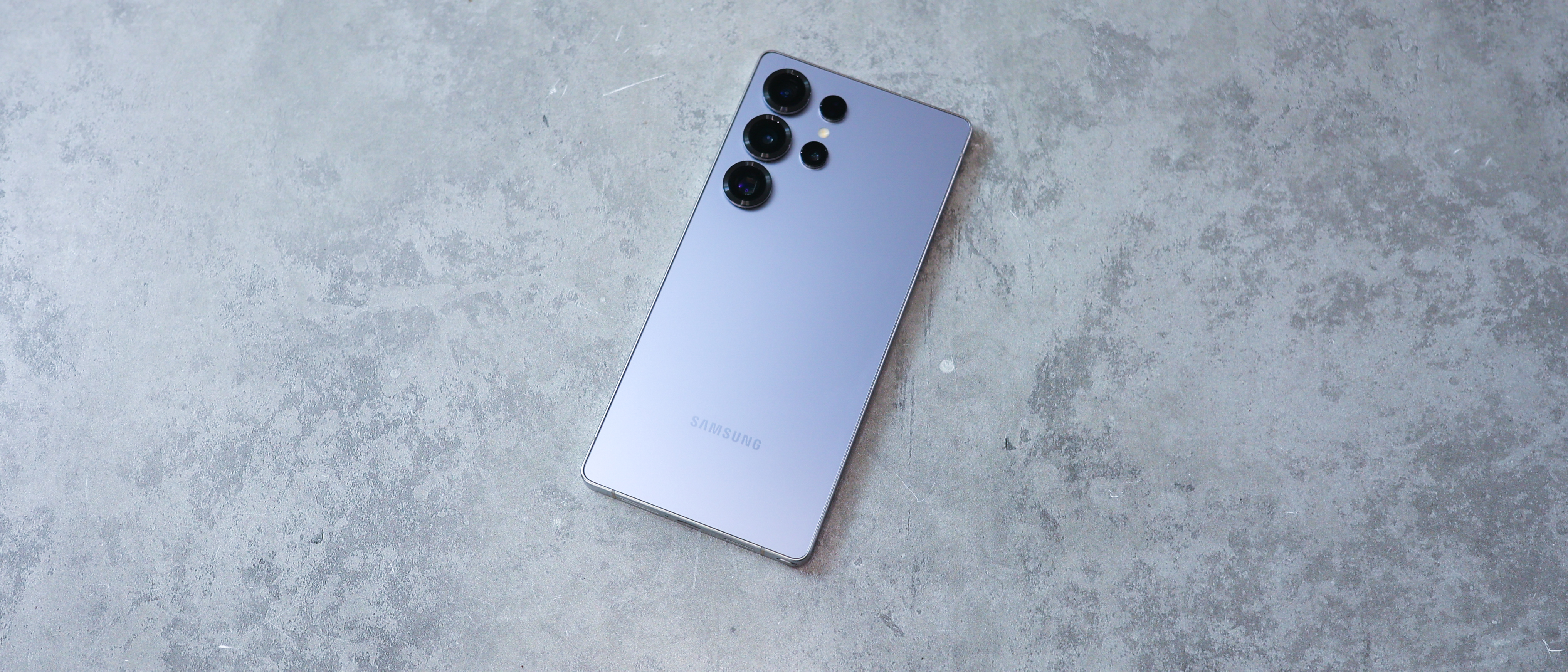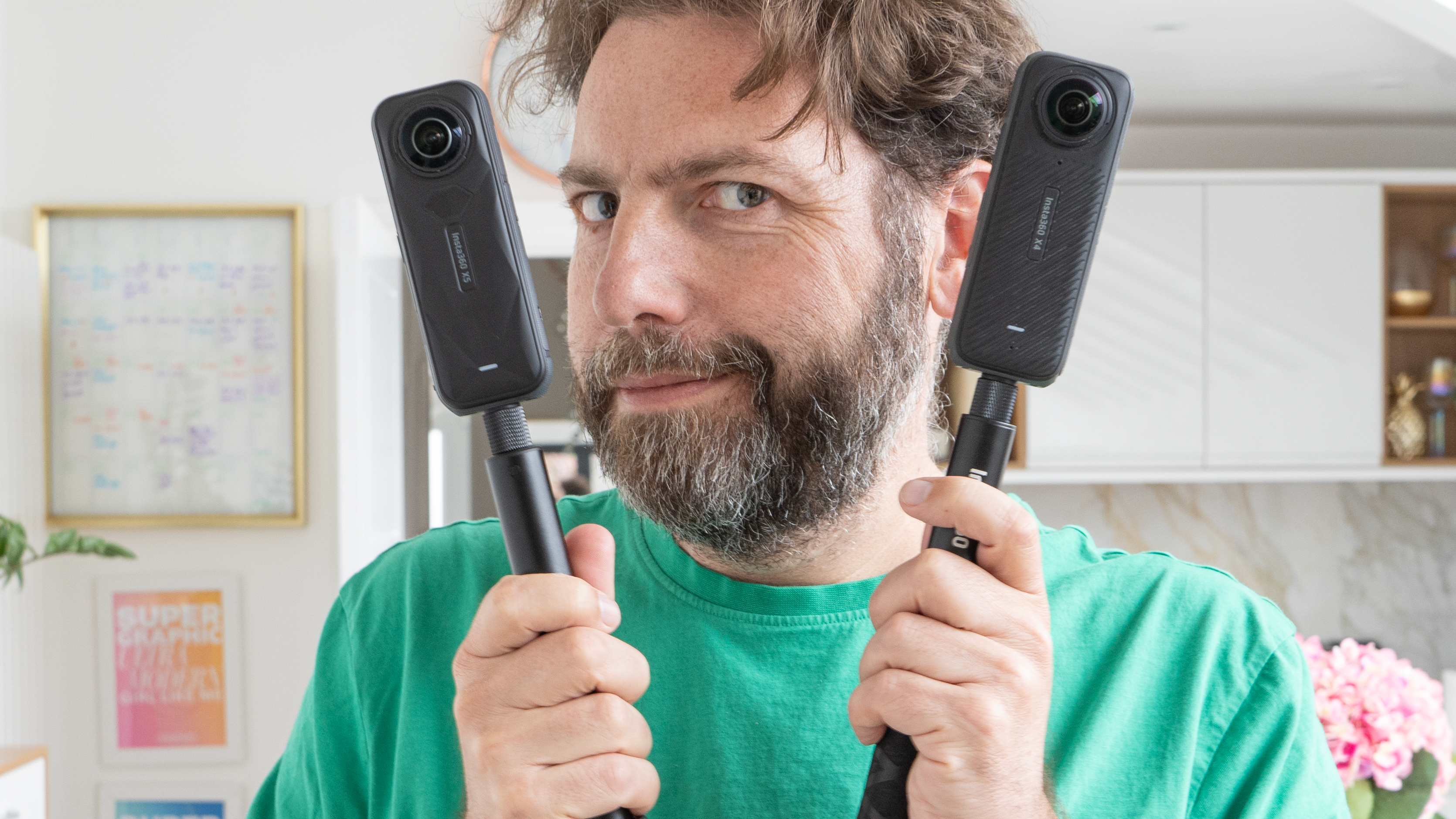Digital Camera World Verdict
Despite being a modest update over the Galaxy S24 Ultra, the S25 Ultra is a great phone. Its camera's been leveled up with LOG capture and a higher-resolution ultra-wide, photos are more reliable across the entire zoom range, and the bigger screen and more streamlined design look and feel über-premium. It's also the only mainstream phone that ships with a pen, so even if the new AI features haven't blown us away, there's enough here to keep Samsung fans happy, and maybe even convert would-be-buyers (if they can get over the high price on launch).
Pros
- +
Versatile camera system
- +
4K 60fps LOG capture
- +
S Pen input
- +
Excellent performance
Cons
- -
Processing is hit or miss
- -
Battery is good, not great
- -
Very expensive
- -
Feels bulky
Why you can trust Digital Camera World
Samsung's been sitting pretty as king of the Android smartphone heap and Apple's main mobile competition for years, with the Galaxy S series being the company’s top-tier line, and the S25 Ultra being as good as it gets in Samsung land in 2025.
Despite an unwavering position at the top alongside Apple, Samsung’s faced some stiff competition over the last 12 months, especially from Chinese powerhouse smartphone makers. The Honor Magic 7 Pro has just dropped with its 180MP periscope zoom camera, and Vivo’s Zeiss co-engineered X200 Pro is hands-down one of the best smartphones for telephoto photography we’ve ever used. Xiaomi’s Leica partnership, meanwhile, has produced the indomitable Xiaomi 14 Ultra, with its 1-inch sensor, variable aperture and classical tuning designed to scratch photography enthusiasts’ camera itch like no other, and let’s not forget Oppo and OnePlus. The Oppo Find X8 Pro and OnePlus 13 are battery powerhouses with Hasselblad co-development, nuanced photo processing and exceptional portrait performance.
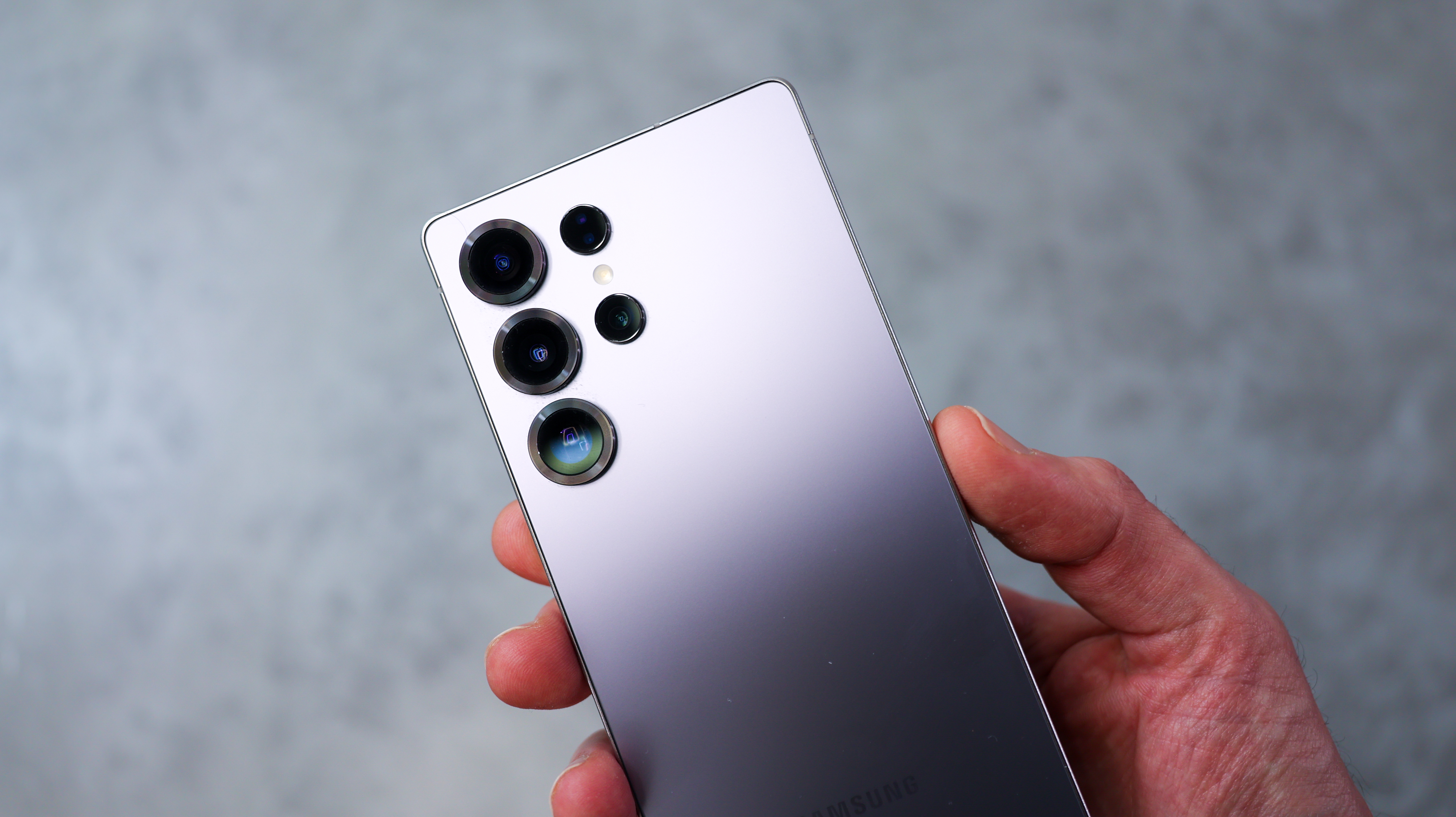
It isn’t just Chinese phone makers that are giving Samsung a run for its money, though. Google’s Pixel 9 Pro and 9 Pro XL represent a winning balance of style and camera performance. And at the more affordable end, London-based phone maker Nothing, combines transparent design with refreshingly gimmick-free camera systems in the Phone (2) and Phone (2a).
As with every new phone launch, the S25 Ultra is also competing with its predecessor, the Galaxy S24 Ultra, with relatively modest changes year-on-year. From a camera point of view, the only hardware difference is a higher resolution ultra-wide camera, up from 12MP to 50MP, while the rest of the phone gets a slightly revamped design, more powerful internals and an even more generous lathering of AI-labelled features than last year.
As ever, Samsung’s 2025 Ultra is also one of the most expensive non-folding phones on the scene, costing more than even Apple’s 16 Pro Max. So do the new AI features and upgraded internals make it a worthy successor and a winning choice over the competition, or do its high price and heavy dose of deja vu limit its appeal?
Samsung Galaxy S25 Ultra design review
There are a few headline design changes for the S25 Ultra when compared to last year’s S24 Ultra. It’s thinner – 8.2mm compared to 8.6mm – it’s lighter – 218g compared to 232g, and the flat corners and rounded sides have been swapped out for rounded corners and flat sides. Interestingly, this move from rounded to flat actually makes the new S25 Ultra feel a bit chunkier than its predecessor, despite the numbers.
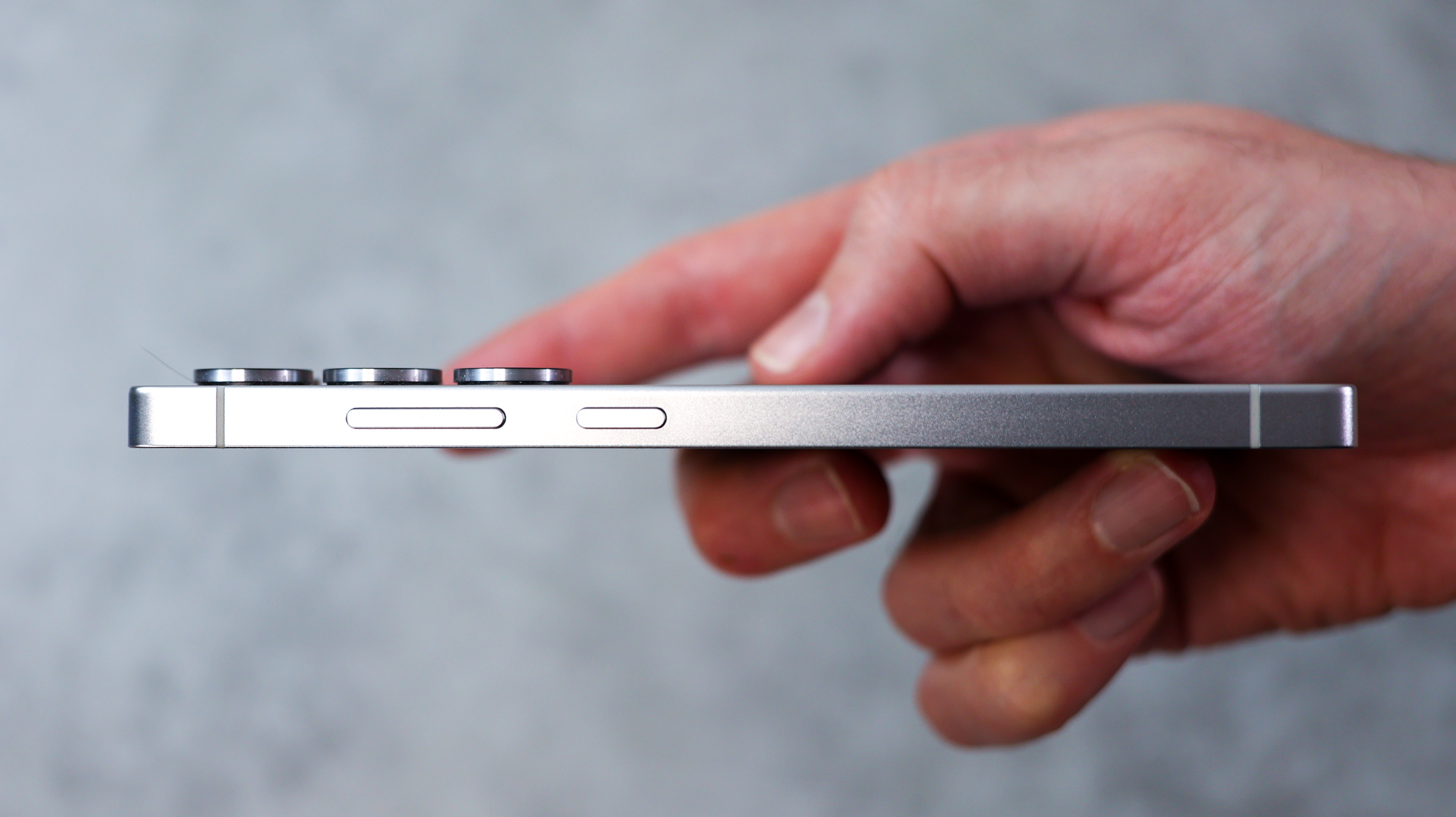
The phone’s 6.9-inch screen is also a little larger than the 6.8-inch S24 Ultra screen, making the S25 Ultra one of the largest-screened flagships around, and a perfect-sized gaming and watching option. At the bottom of the phone is an S Pen that pops out, a USB-C port, a SIM slot, and a loudspeaker. The buttons are all on the right side, and around the back is the quad-camera system.
There’s no getting around the fact the S25 series is more consistent, with the Ultra stepping in line with the standard and Plus versions – flat glass on the front and back, flat sides, and slightly rounded corners – and this consistency is probably a good thing, but it does make this year’s S25 Ultra feel a bit more generic than the more unique Ultras that came before it.
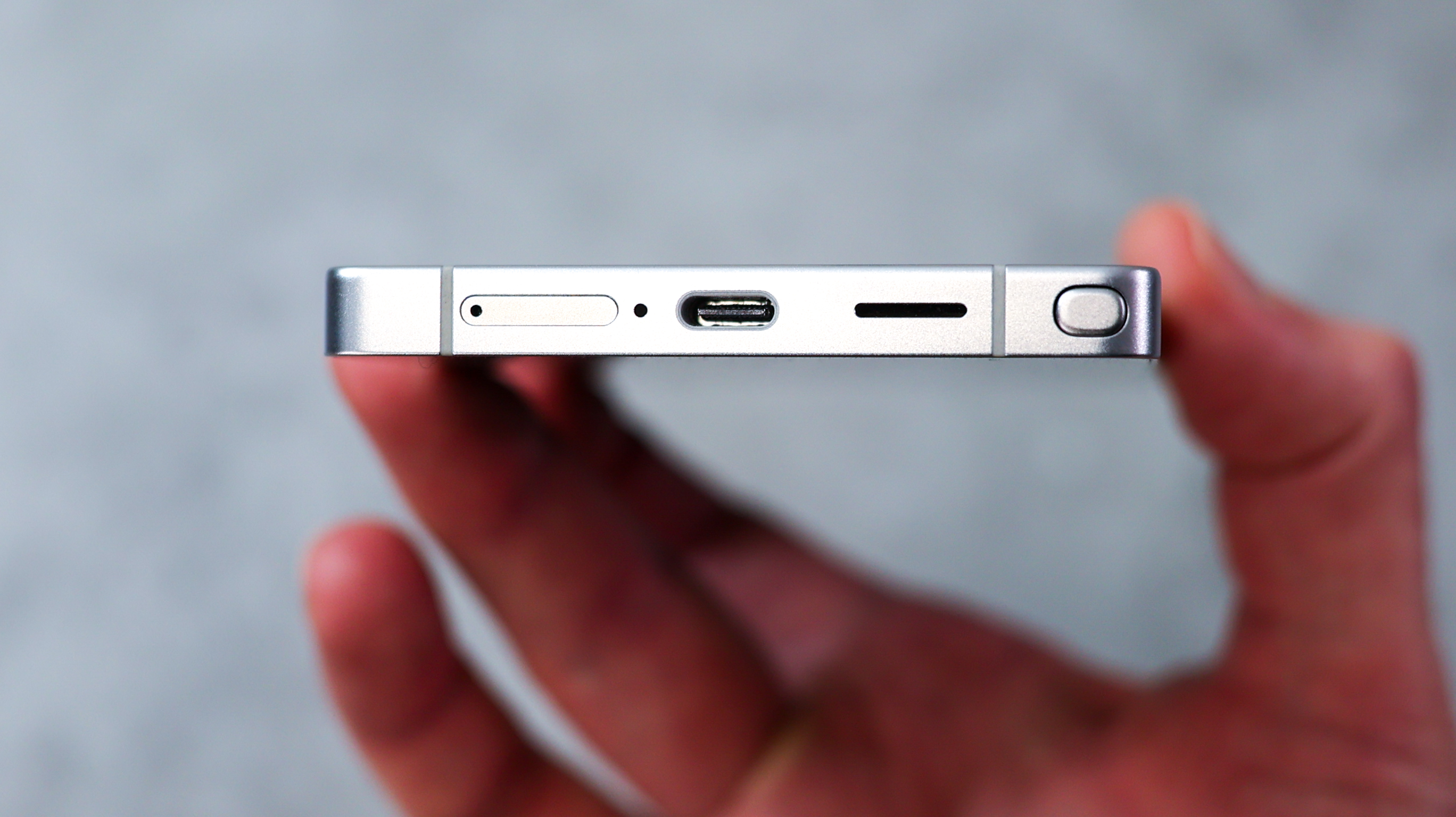
Thankfully, from a durability point of view, the S25 Ultra is up there with a Gorilla Armour 2 glass front and back and a grade 5 titanium frame. It’s also IP68 dust and water-resistant, and the screen has an upgraded anti-reflective coating, so everything looks very matte, very glass and metal, and very premium, even if a little safe.
There are some flourishes to the S25 Ultra’s design: the camera surround for the primary, ultra-wide, and 5x zoom cameras are more pronounced, appearing to hover atop the glass back thanks to a stepped design that looks cool. We’re big fans of Samsung’s muted, frosted, metallic back panel colors, with options including Silverblue, Grey, Black, and Whitesilver. If you buy the S25 Ultra online, you can pick it up in Jadegreen, Pinkgold, and Jetblack. The version pictured in this review is Silverblue, and while it's mostly silver, an elegant mauve tint shines through when light hits it at a certain angle.
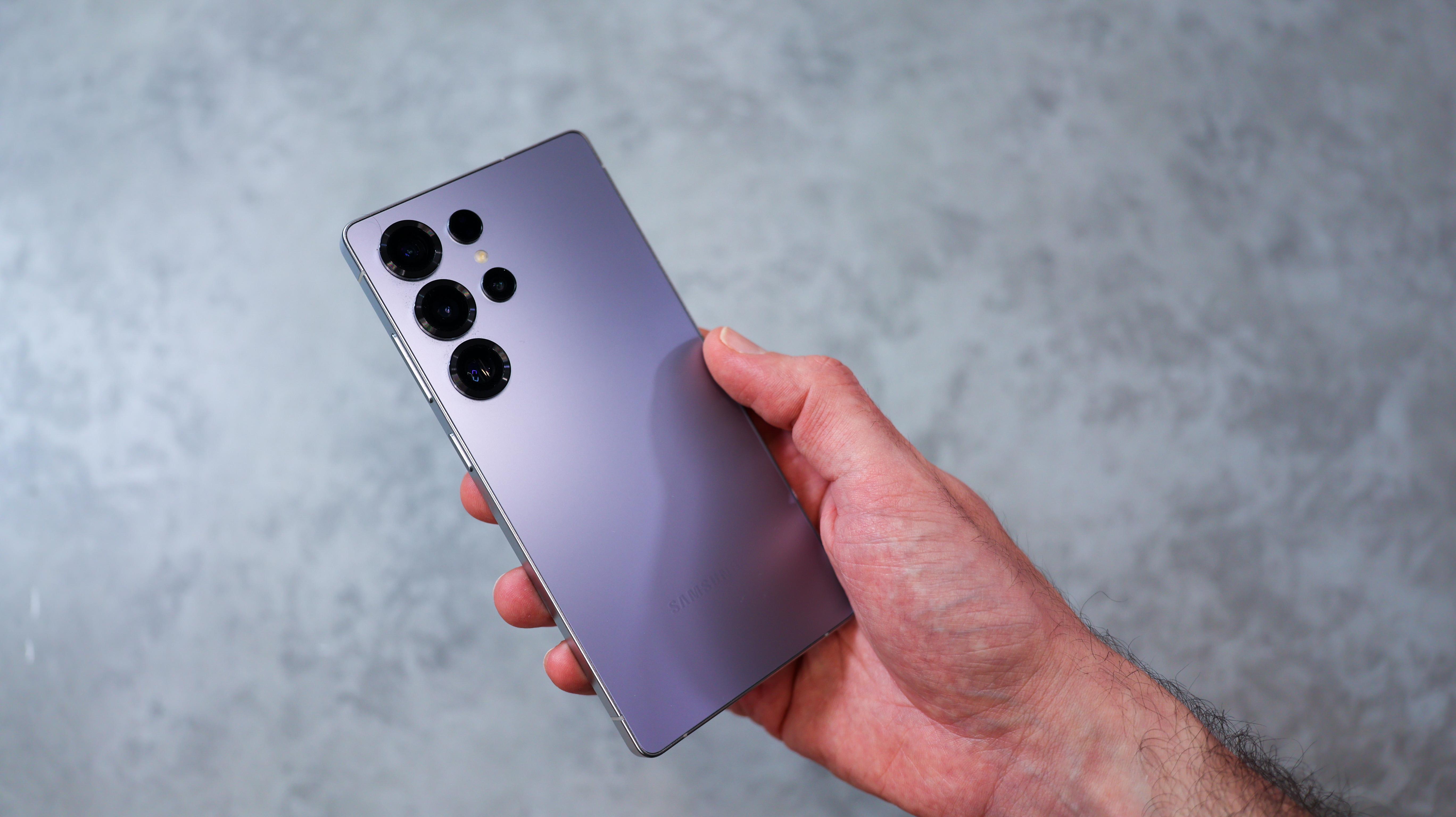
In summary, the S25 Ultra’s design looks safe, feels solid, and is undeniably premium. A solid 8/10 for fit and finish, even if it won’t be winning any awards for originality.
Samsung Galaxy S25 Ultra screen review
Samsung screens are always a highlight, and the S25 Ultra’s large, 6.9-inch panel combines tiny bezels with a crisp resolution and a zingy picture. The Dynamic LTPO AMOLED display has a smooth 120Hz refresh rate that can scale up and down based on what’s being displayed. Unlike much of the competition, you can’t lock the screen to 120Hz, with two options – Adaptive and Standard – available. This might irk geeks who want to eke out every frame from swipes, but it should also help get the best battery life from the relatively modest-sized cell.
Samsung offers a handful of display options – Eye comfort shield, Adaptive color tone, and Screen mode – which give users control over screen colors and eye care, and these are comprehensive without being class-leading.
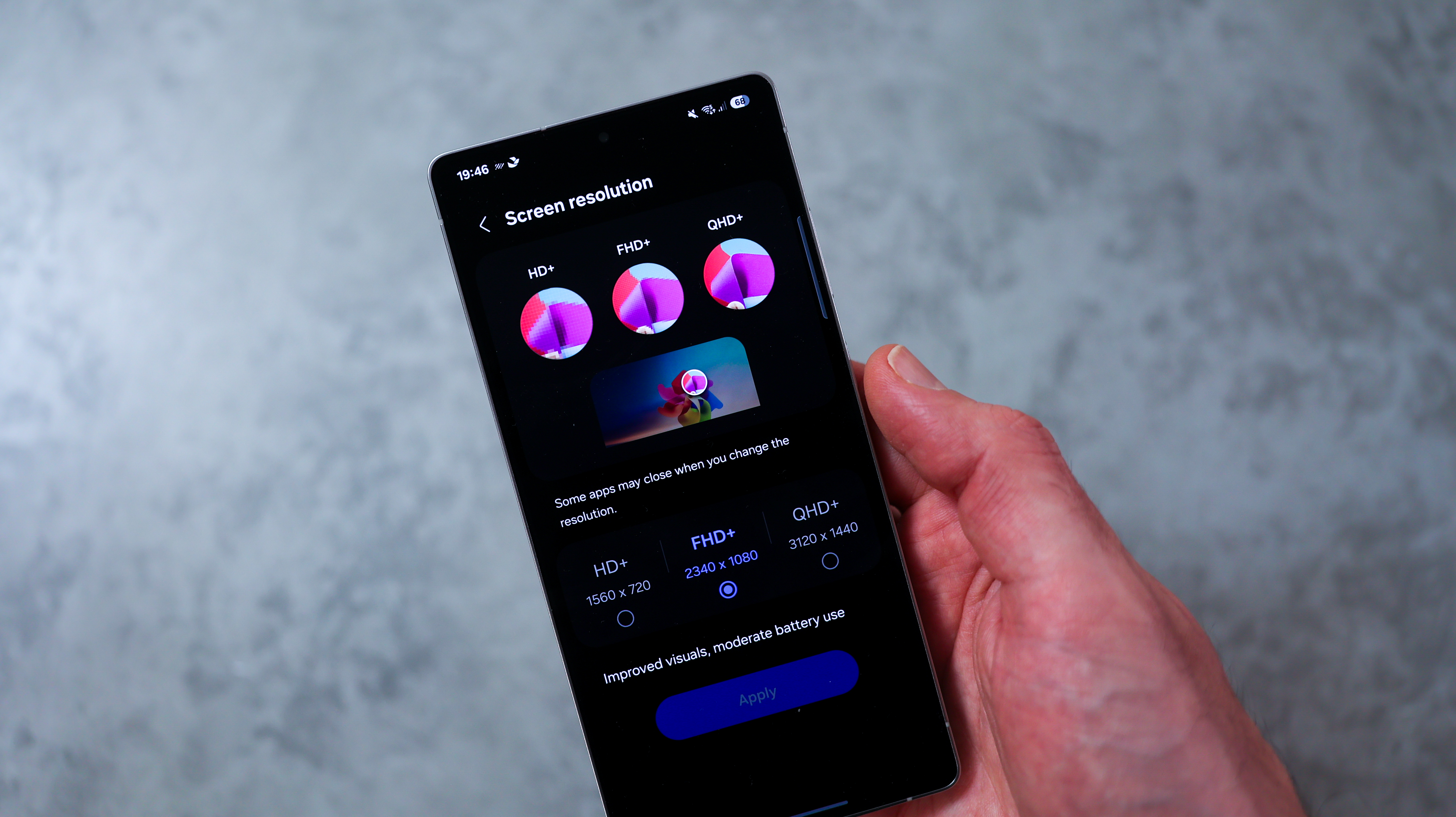
The phone is also set to Full HD+ resolution by default, despite the actual screen being a sky-high QHD+ with almost 500 pixels in every inch of screen. That means the interface renders at a lower resolution to save battery, and while you can override this, with our imperfect eyesight, everything looked fine at FHD+.
In fact, when outdoors, everything looks better than fine. The anti-glare display, matched with the S25 Ultra’s peak brightness of 2600 nits, ensures it’s easy to see what’s on-screen even in direct sunlight.
The screen’s large, but Samsung’s one-handed mode is intuitive enough for easy left or right-handed use without any stretching – just activate it in the settings – and if you are a fan of pen input, the extra screen size matched with the pop-out pen make for a wonderfully precise way of editing photos. This works great in Lightroom, and when navigating text and jotting down mindmaps or notes, and if you’re coming from an older curved Samsung Ultra, the flat screen and extra size create a more comfortable, edge-to-edge canvas.
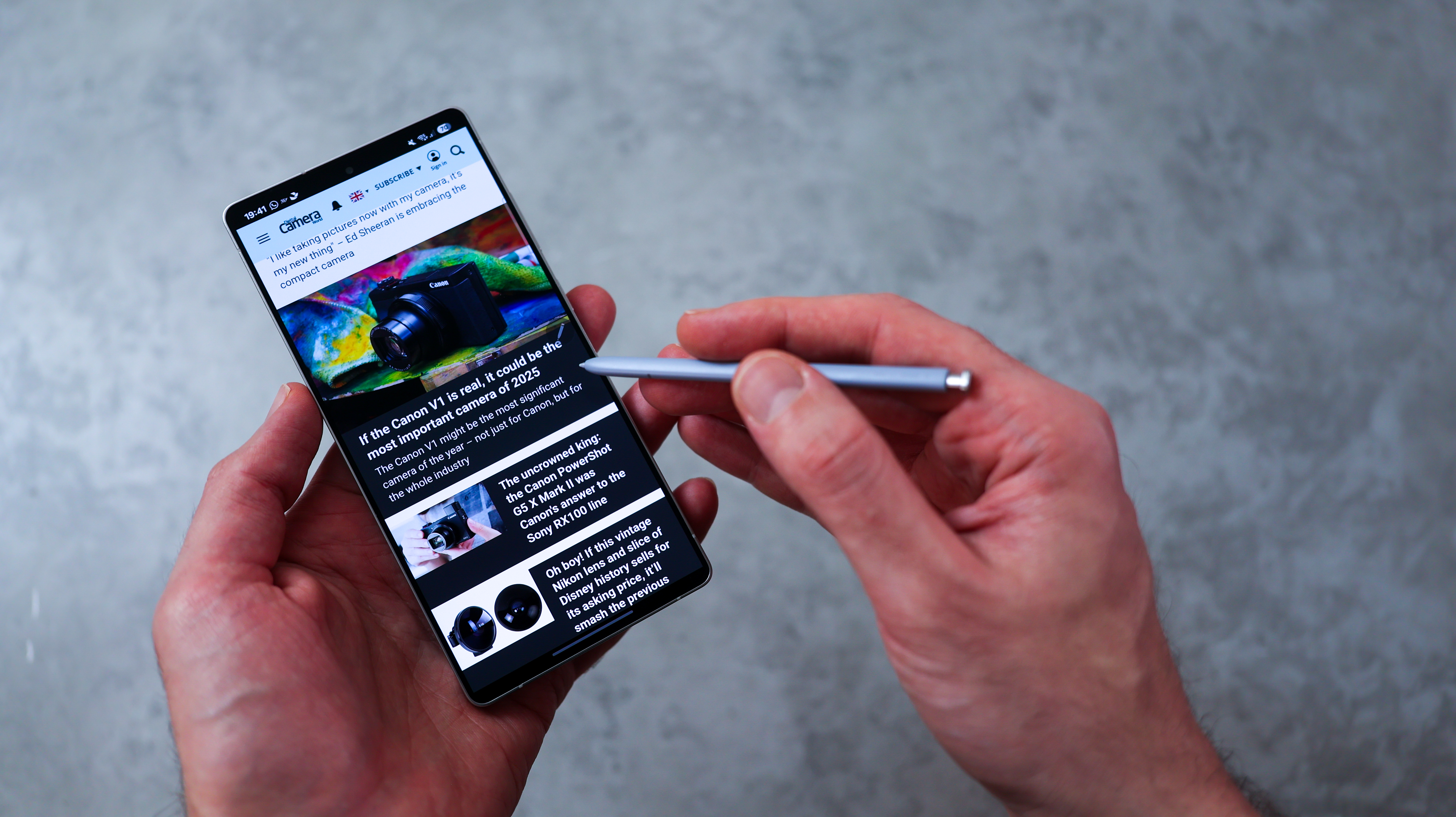
Samsung Galaxy S25 Ultra camera specs
The Galaxy S25 Ultra has three cameras around the back, and one on the front, with the only difference compared to last year’s model being the ultra-wide camera, which is higher resolution this year.
13mm ultra-wide camera: 50MP resolution sensor with an f/1.9, 120º FOV lens
24mm primary camera: 200MP resolution, 1/1.3-inch sensor with an f/1.7 aperture lens and OIS.
67mm (3x equivalent) telephoto camera: 10MP resolution, 1/3.52-inch sensor with an f/2.4 aperture lens and OIS
111mm (5x equivalent) periscope camera: 50MP resolution, 1/2.52-inch sensor with an f/3.4 aperture lens and OIS
26mm front camera: 12MP resolution, 1/3.2-inch sensor with an f/2.2 aperture lens and PDAF
Shooting modes: Portrait, Photo, Video, Expert RAW, Pro, Pro Video, Night, Food, Panorama, Slow Motion, Hyperlapse, Portrait Viudeo, Dual Rec, and Single Take.
New for this year, Samsung’s adding LOG capture to the S25 Ultra’s pro video recording, and for video editors, this adds plenty of scope for custom looks and contrast-correction in the edit. This comes complete with exposure monitoring and focus-peaking, taking the S25 Ultra’s video up a level for creators.
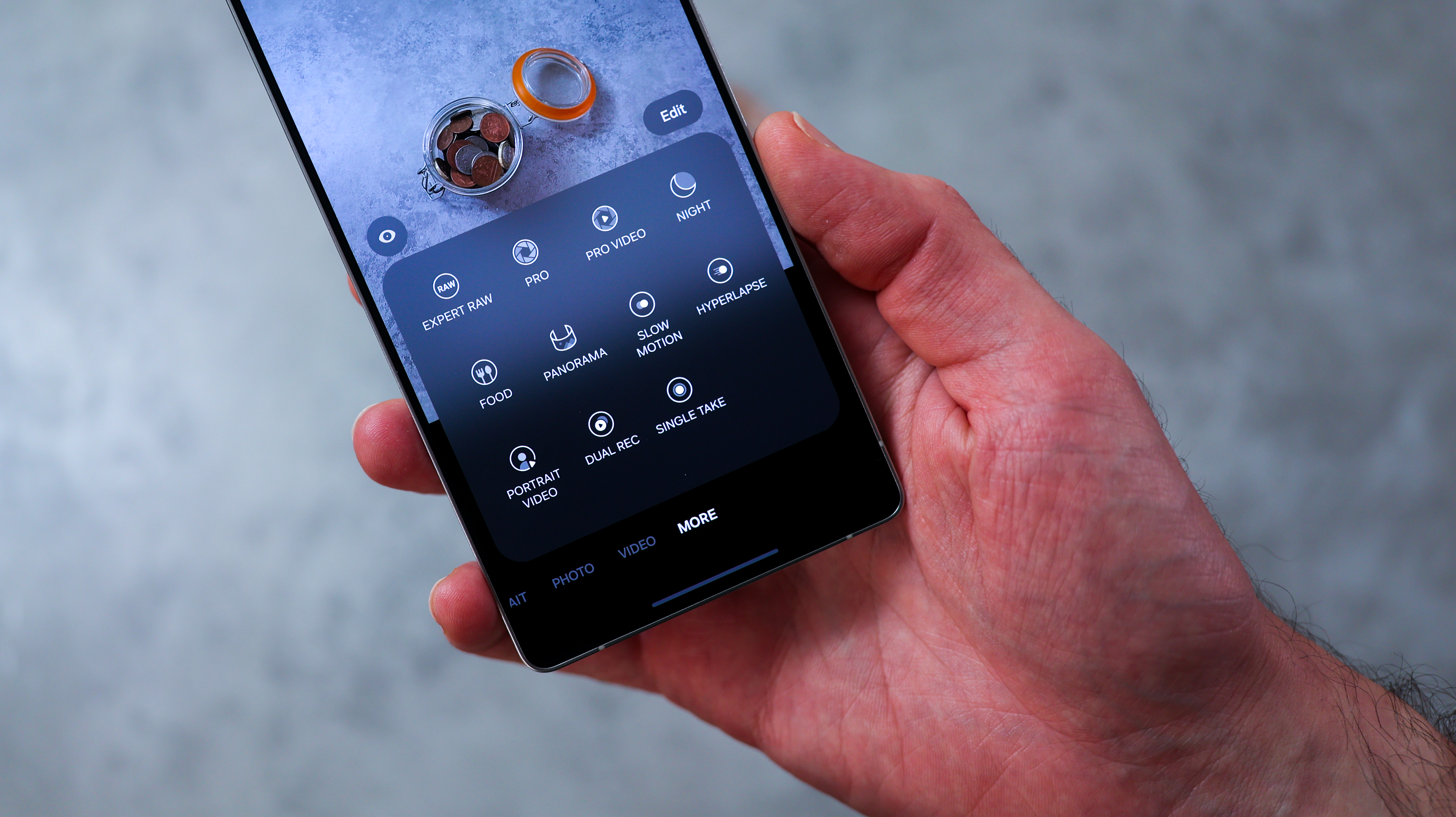
Samsung Galaxy S25 Ultra camera review
If you’re coming from a Samsung S23 or S24 Ultra, you’ll know roughly what to expect from the S25 Ultra’s camera. Its photos look reliably good throughout the zoom range from 13mm through to around 150mm, which is undeniably impressive for a smartphone. The caveat is that the ceiling for photo quality isn’t quite as high as some alternatives like the Xiaomi 14 Ultra and Vivo X200 Pro, especially when you pinch in.






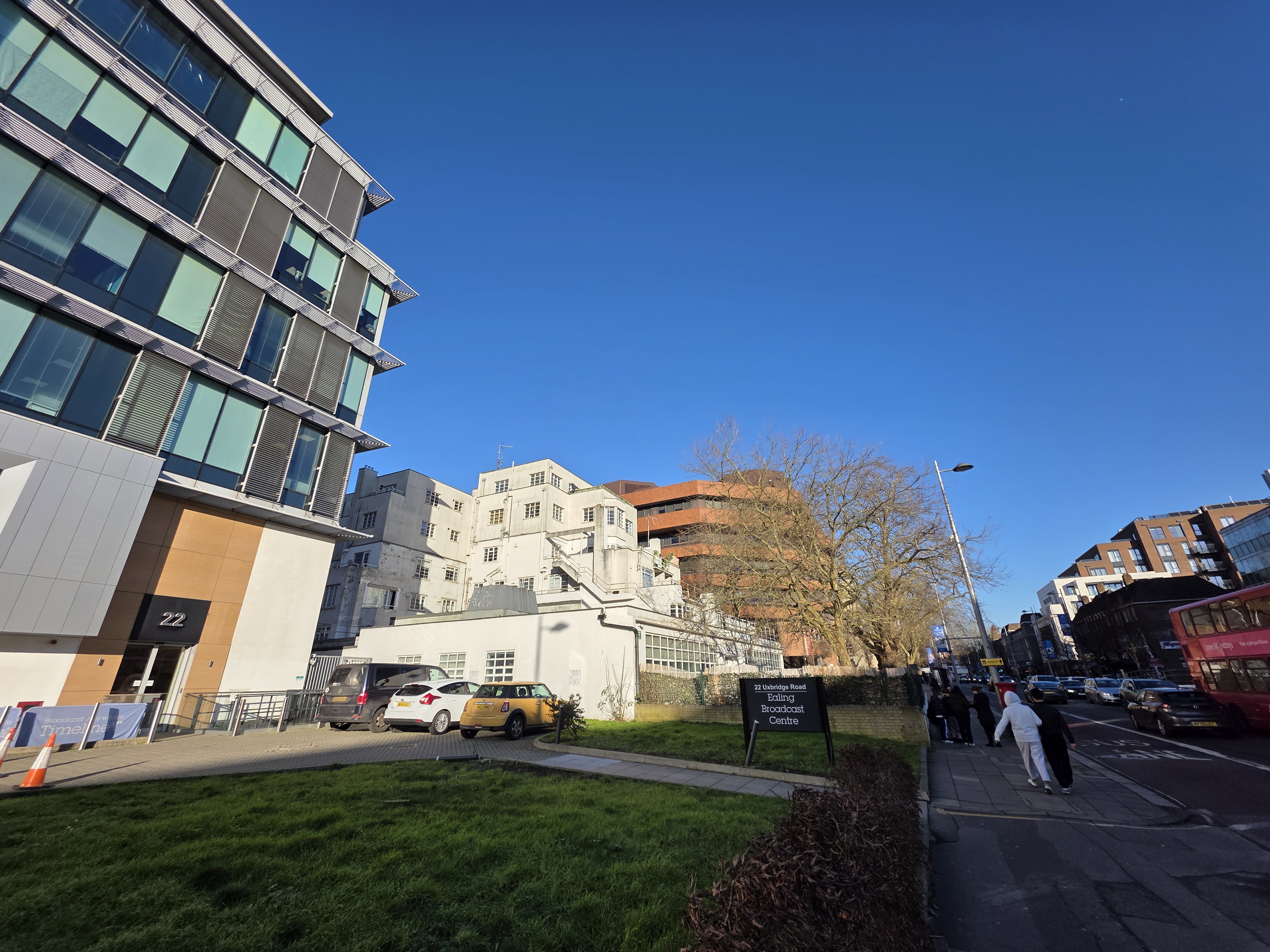
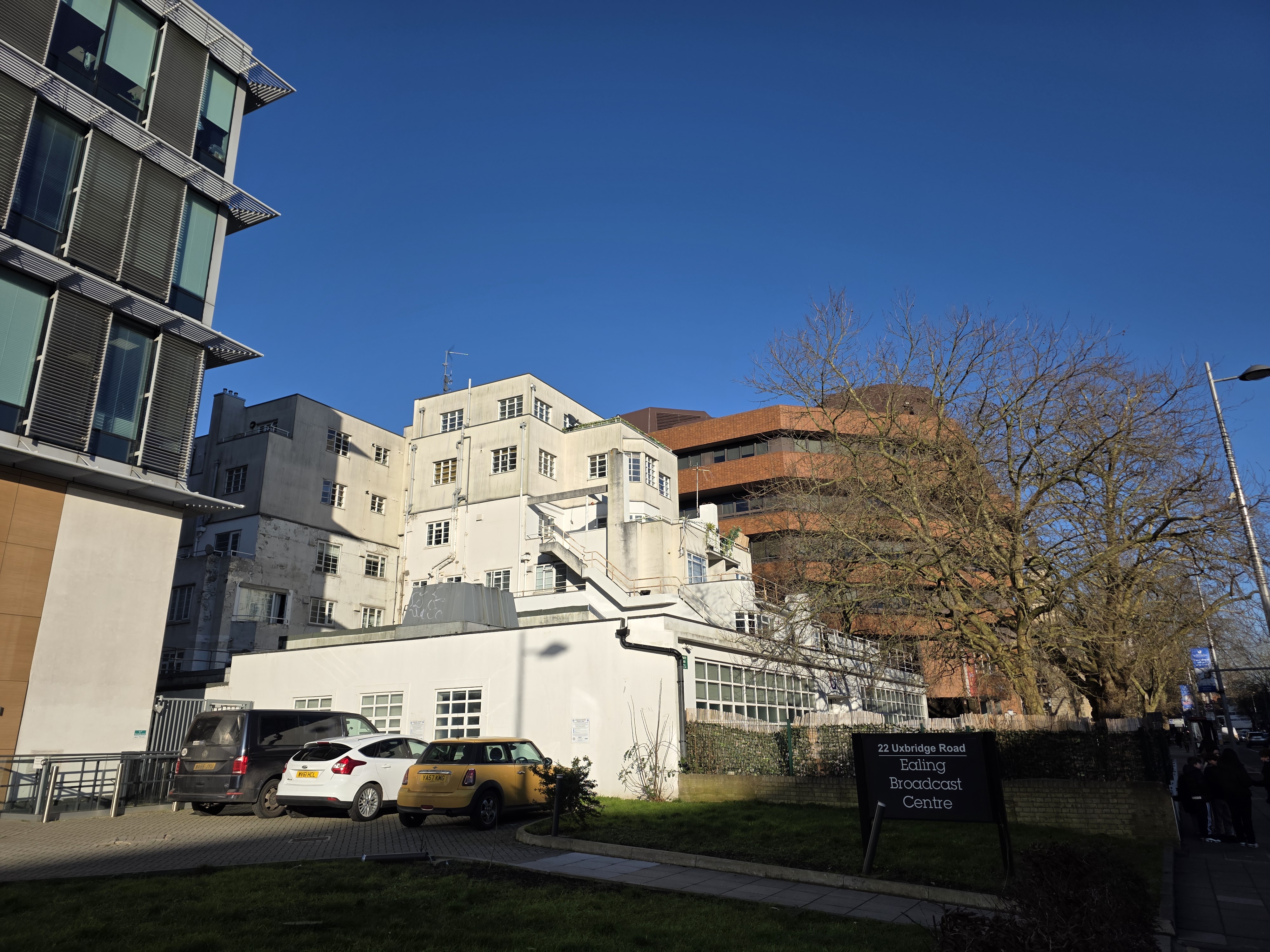
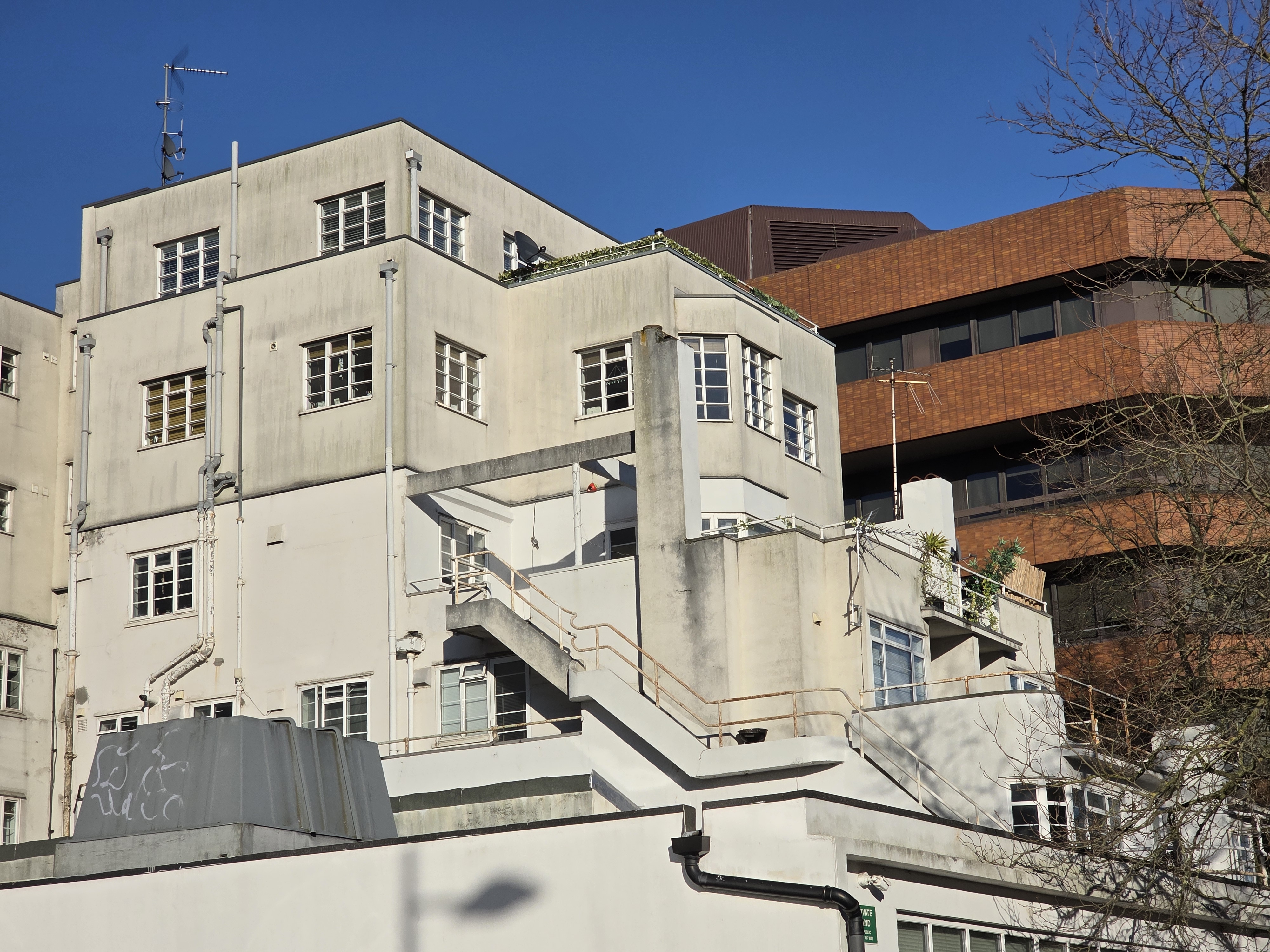
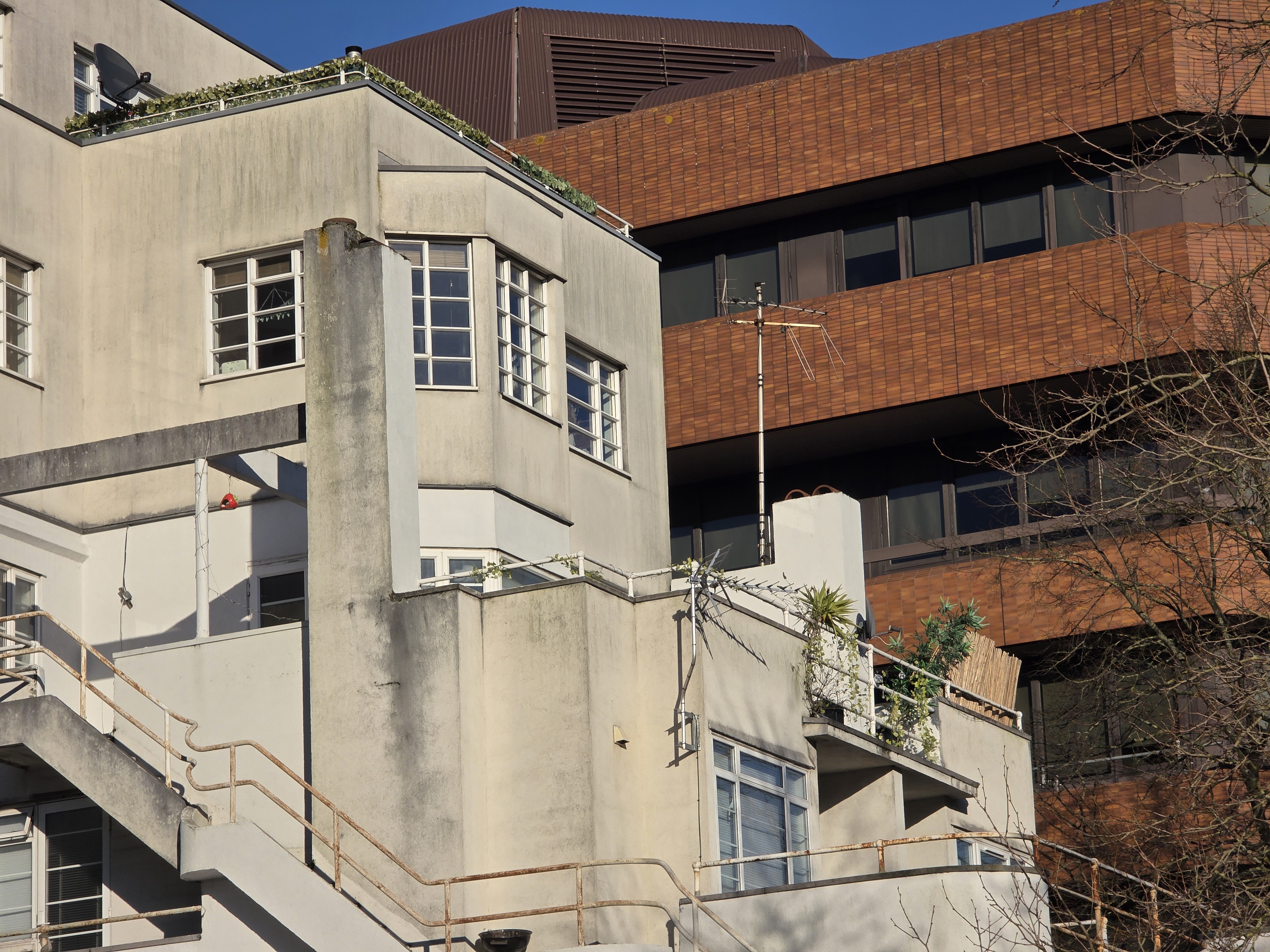
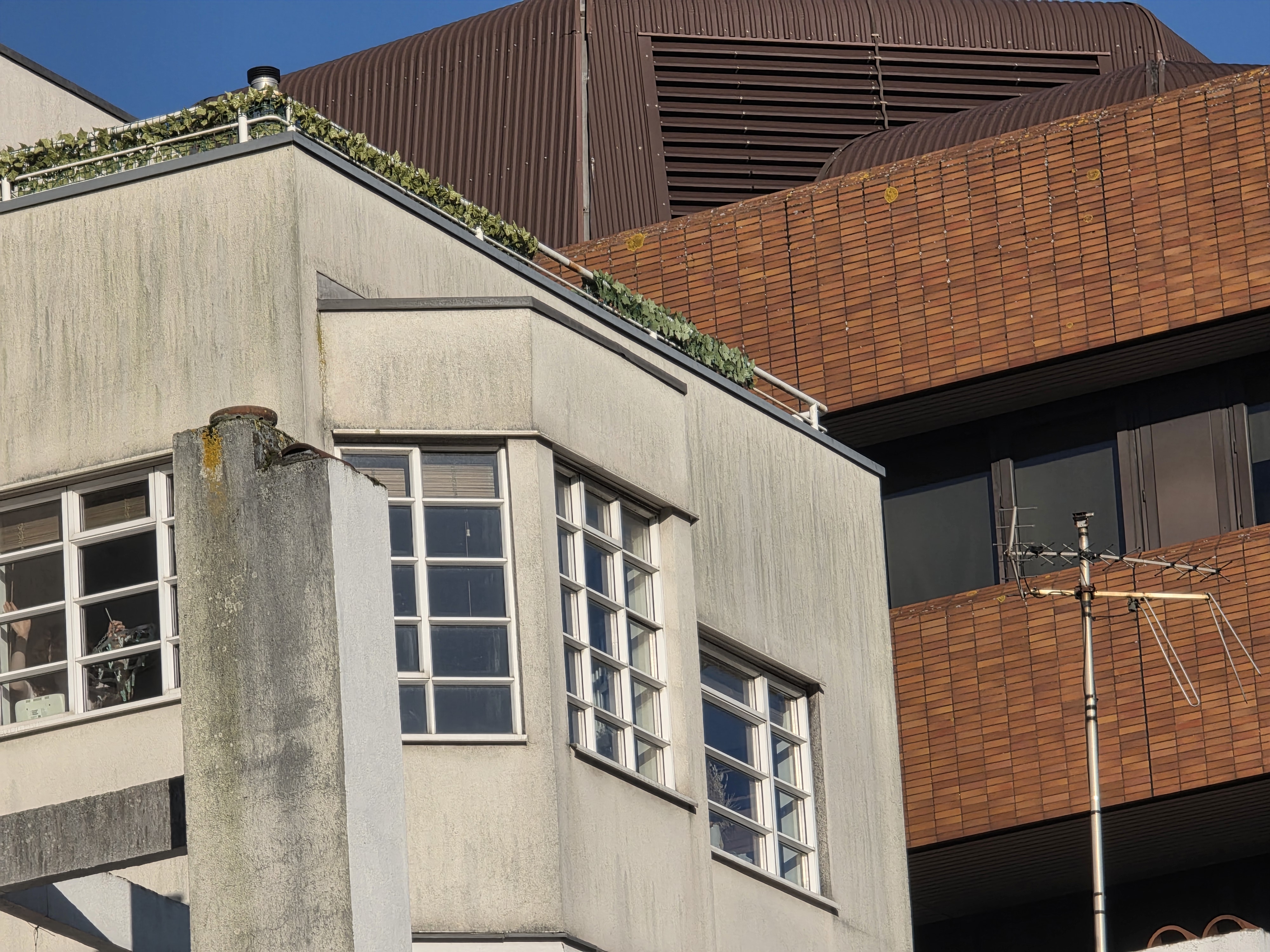
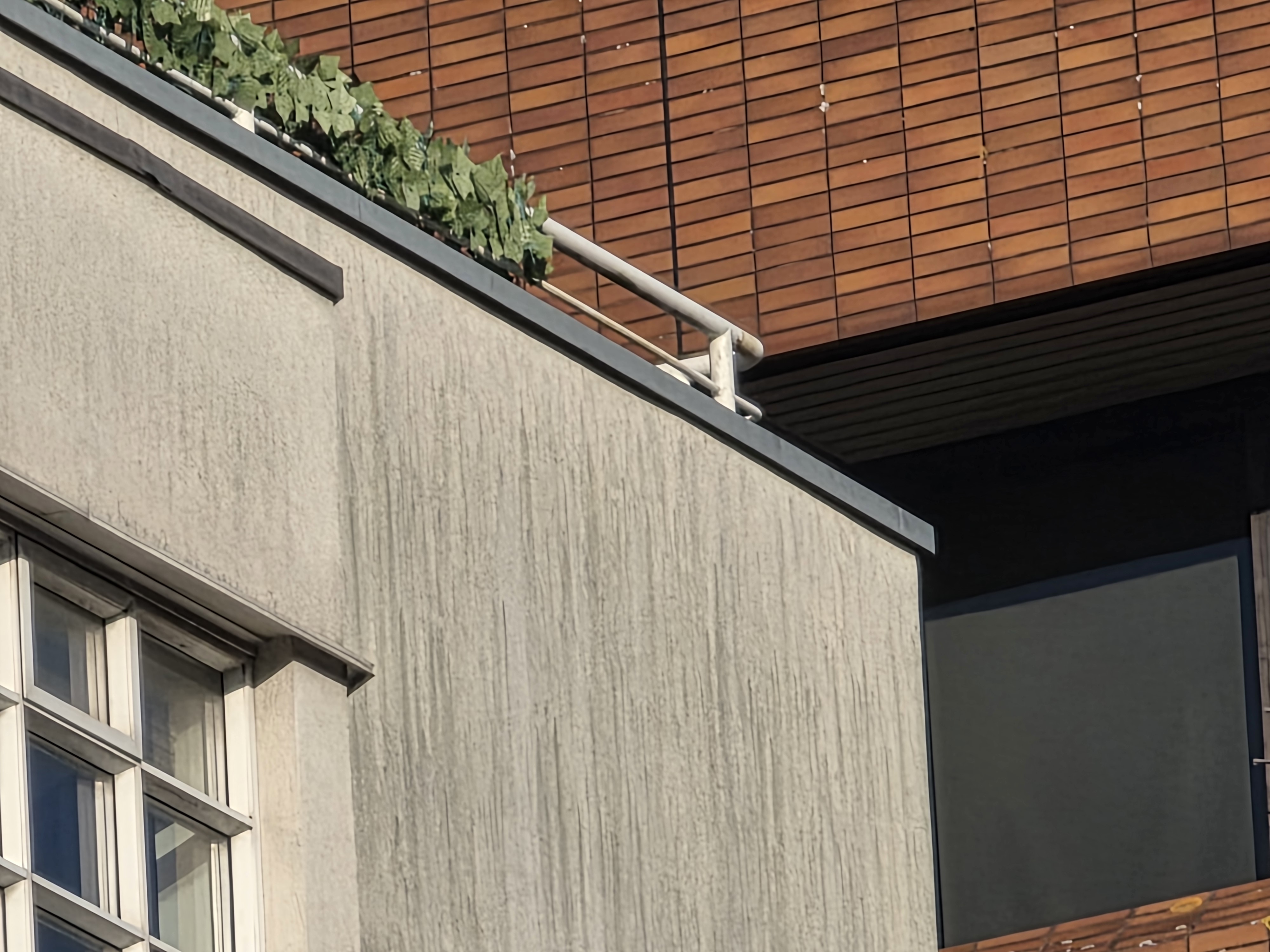
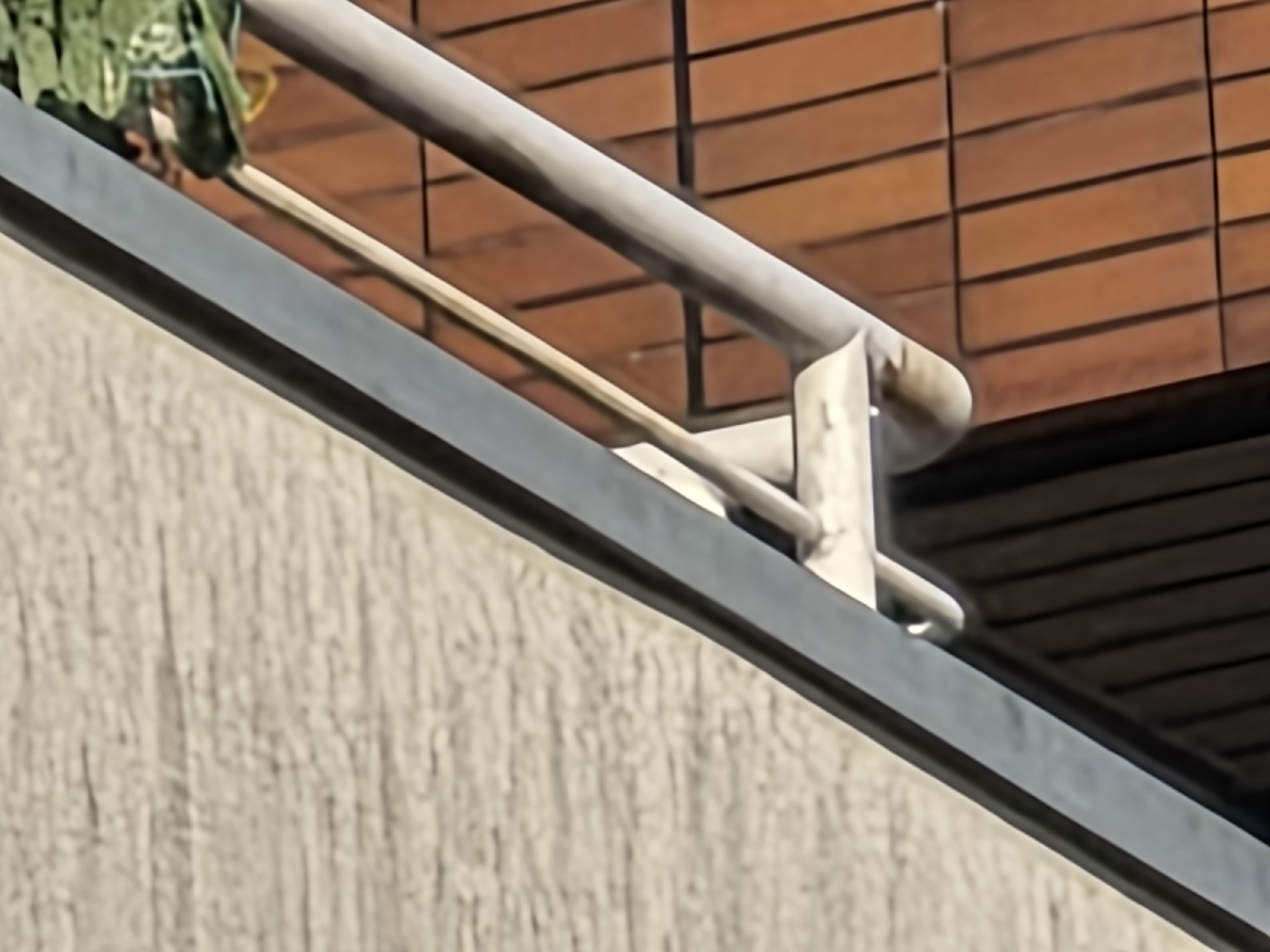
Background blur, for example, showcases an unnatural mottling, which is a sign of heavy processing, especially from the telephoto cameras, while devices with larger tele sensors and/or more pared-back processing don’t tend to produce this effect.
Picture clarity is strong for shots taken in bright environments, even up to 10x zoom, though going beyond pulls up some fringing and ghosting, and beyond 30x generates visible AI-style clean-up work, smoothing lines and blocking colors.
Highlights and shadows preserve a lot of detail in auto mode, but we’d be okay with losing a bit of shadow detail, and photos showcasing a bit more contrast and depth in blacks to give them a bit more of a classical look. By contrast, the S25 Ultra’s pictures have a bit of that HDR-style, shot-on-a-smartphone look.
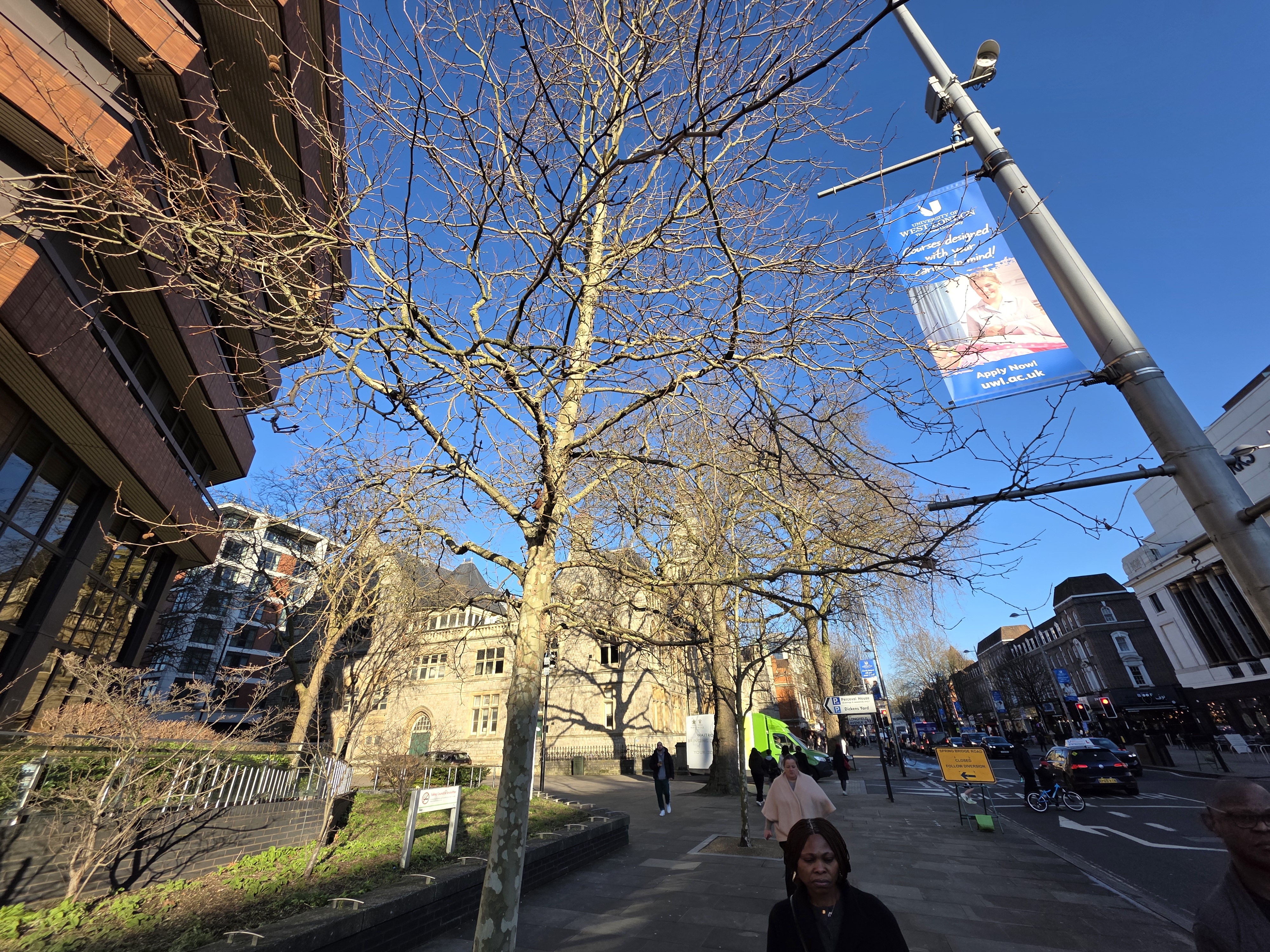
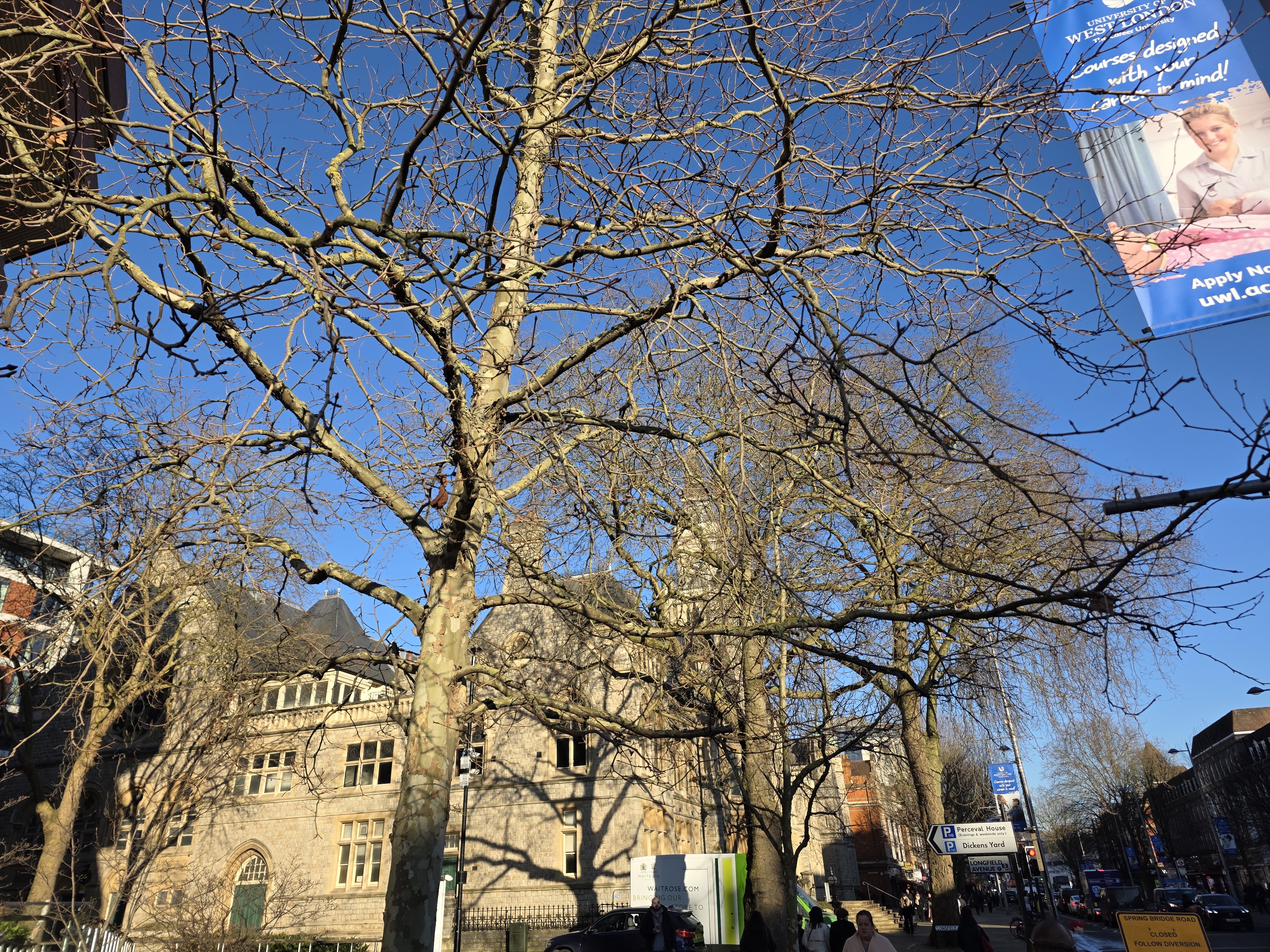



In low light, Samsung’s photos do a good job of brightening up scenes and grabbing usable shots, but still try and pull too much color out, so can make night skies look too navy blue, light leaking into the frame look too yellow, and certain parts of the scene look a bit muddy. What’s noticeably better is detail throughout the zoom range, suggesting the S25 Ultra would be a great shout for any gig-lovers and keen zoomers.
The hardware upgrade this year – the 50MP ultra-wide – is welcome, and does ensure a level of quality in bright environments even when pulled right back. The ultra-wide features autofocus, locks on super-close to a subject with roughly 4cm macro capture, and crams plenty of detail into shots, even when lighting isn’t perfect. Being a wider focal length than competing ultra-wides, there’s more distortion too, but the added range it adds is great to have.
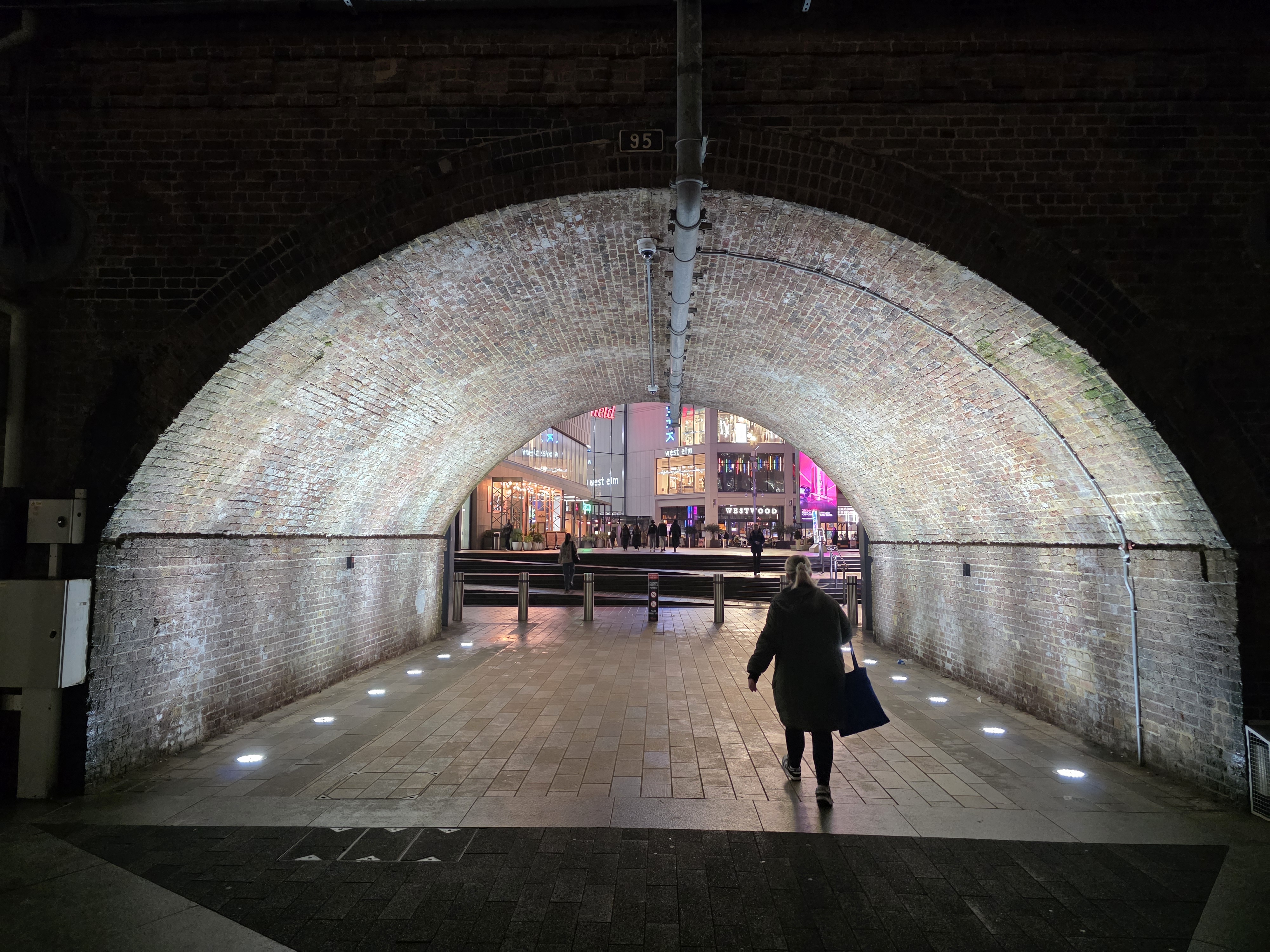
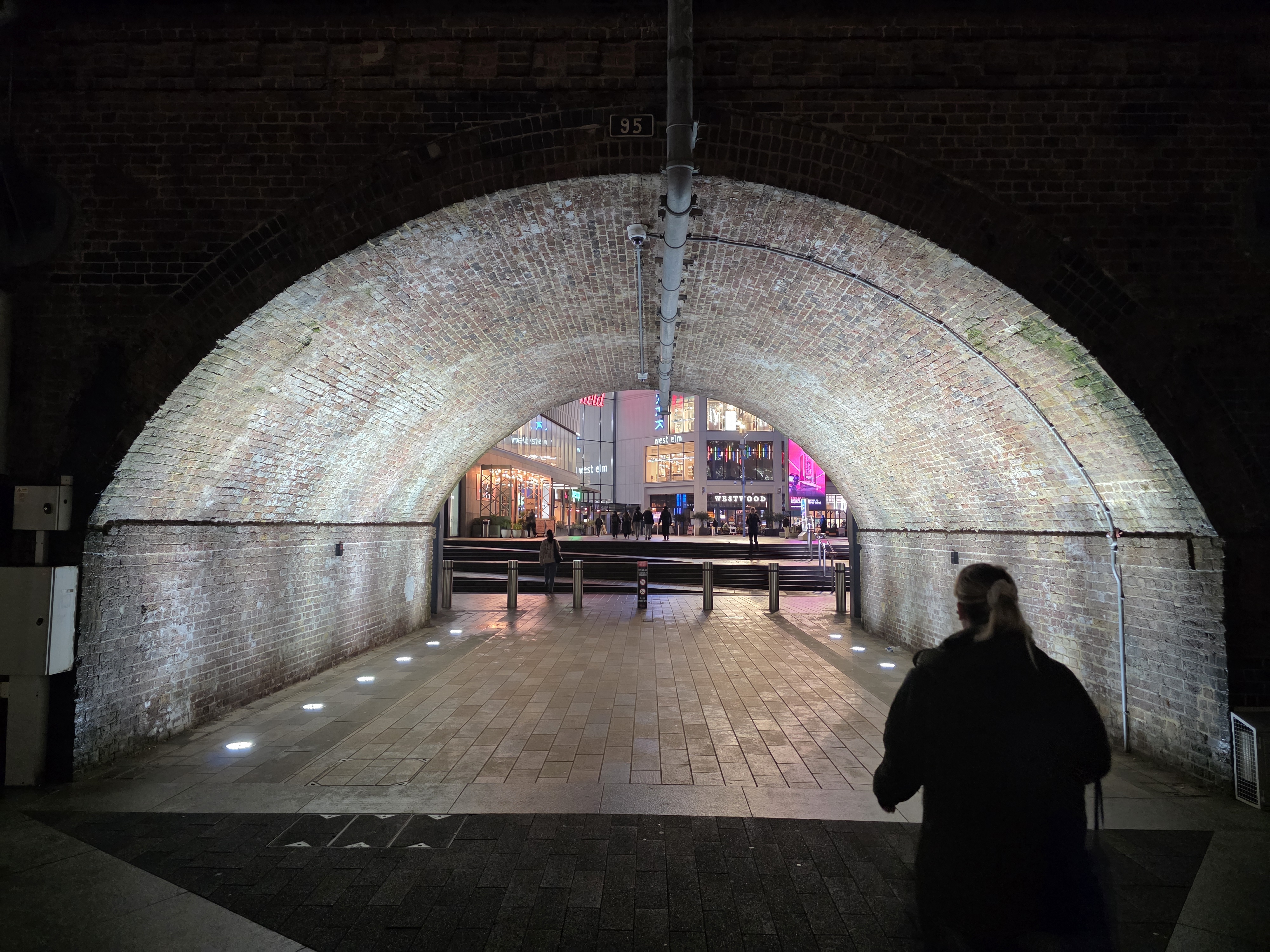
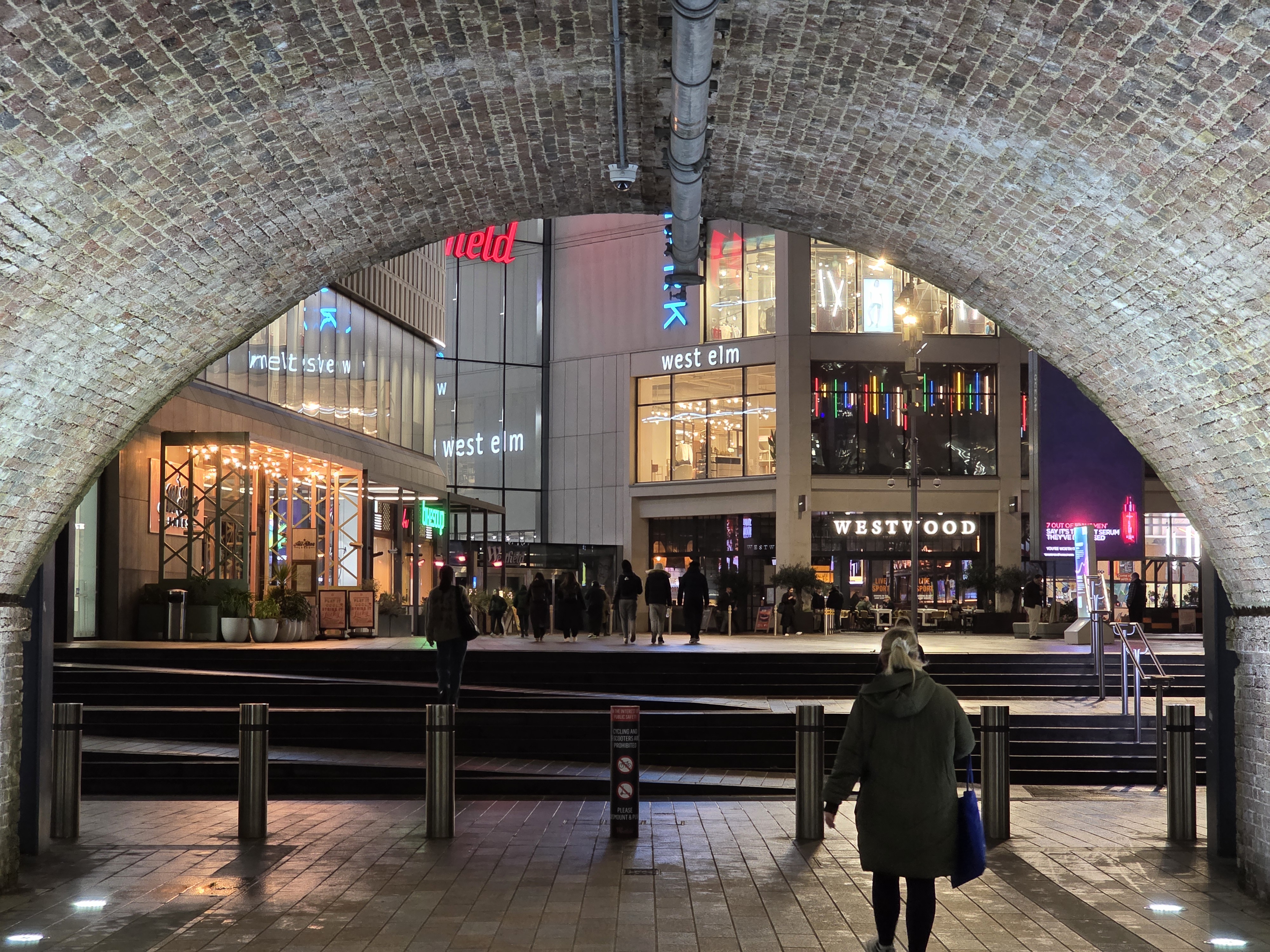

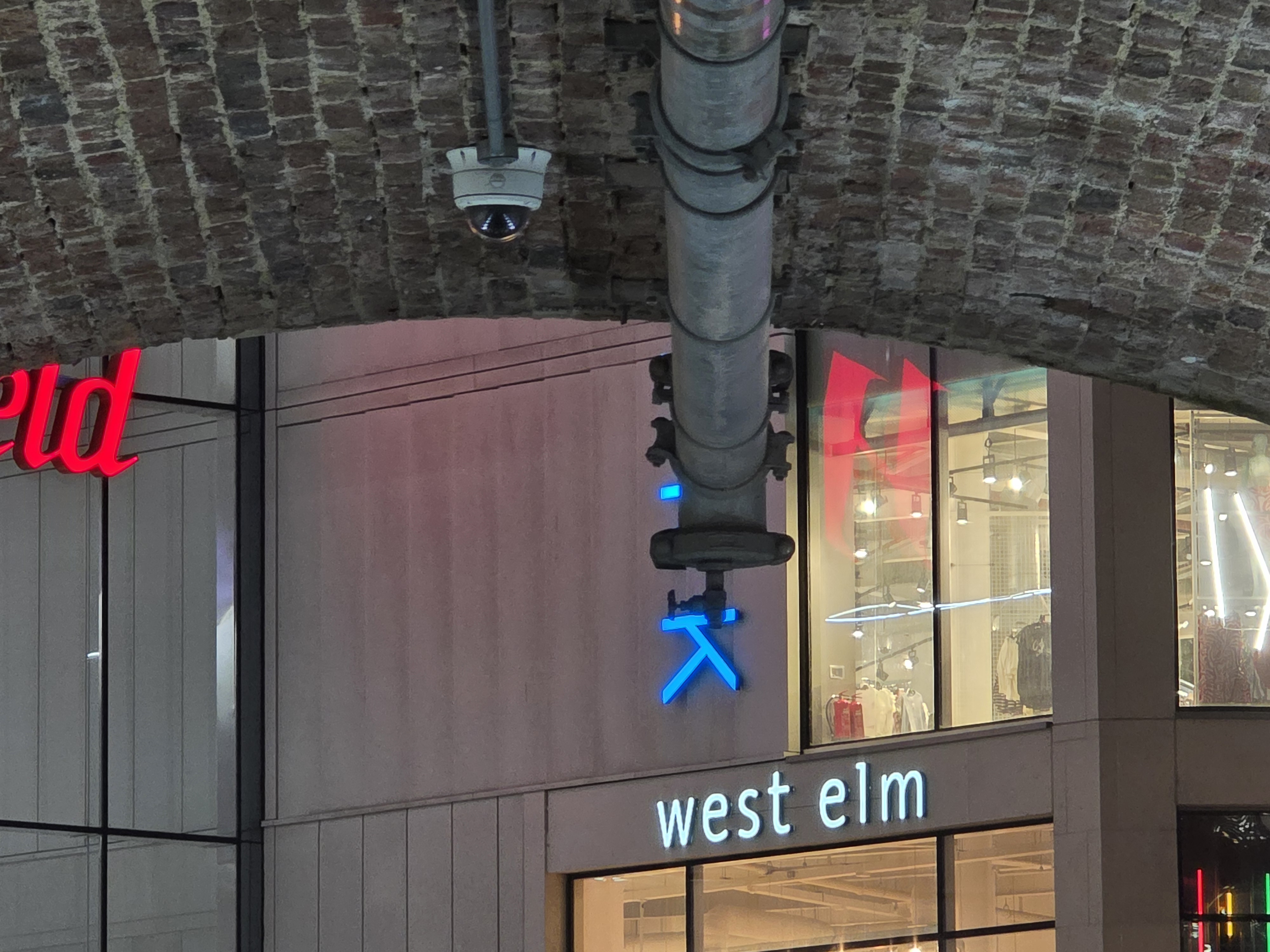
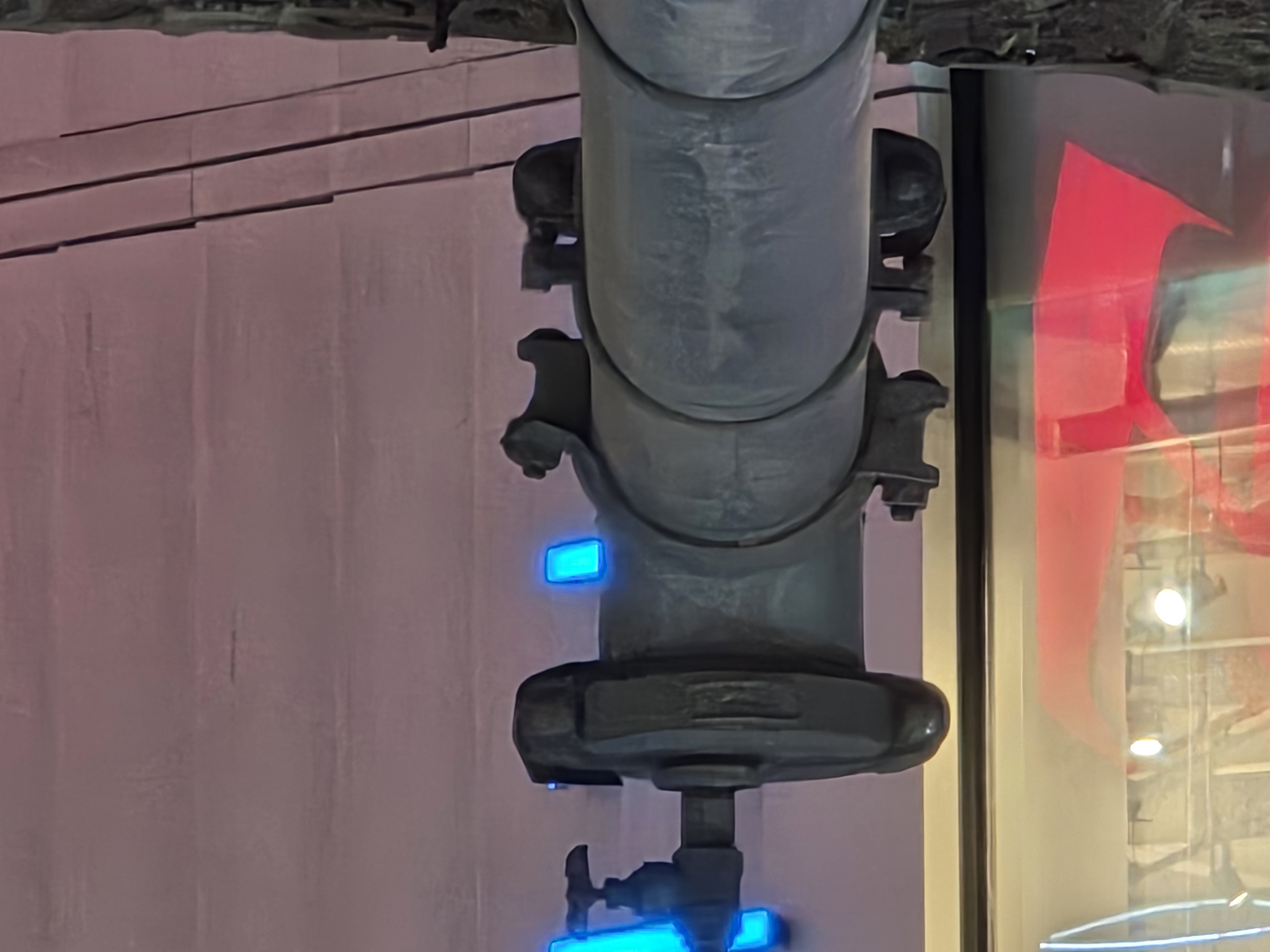
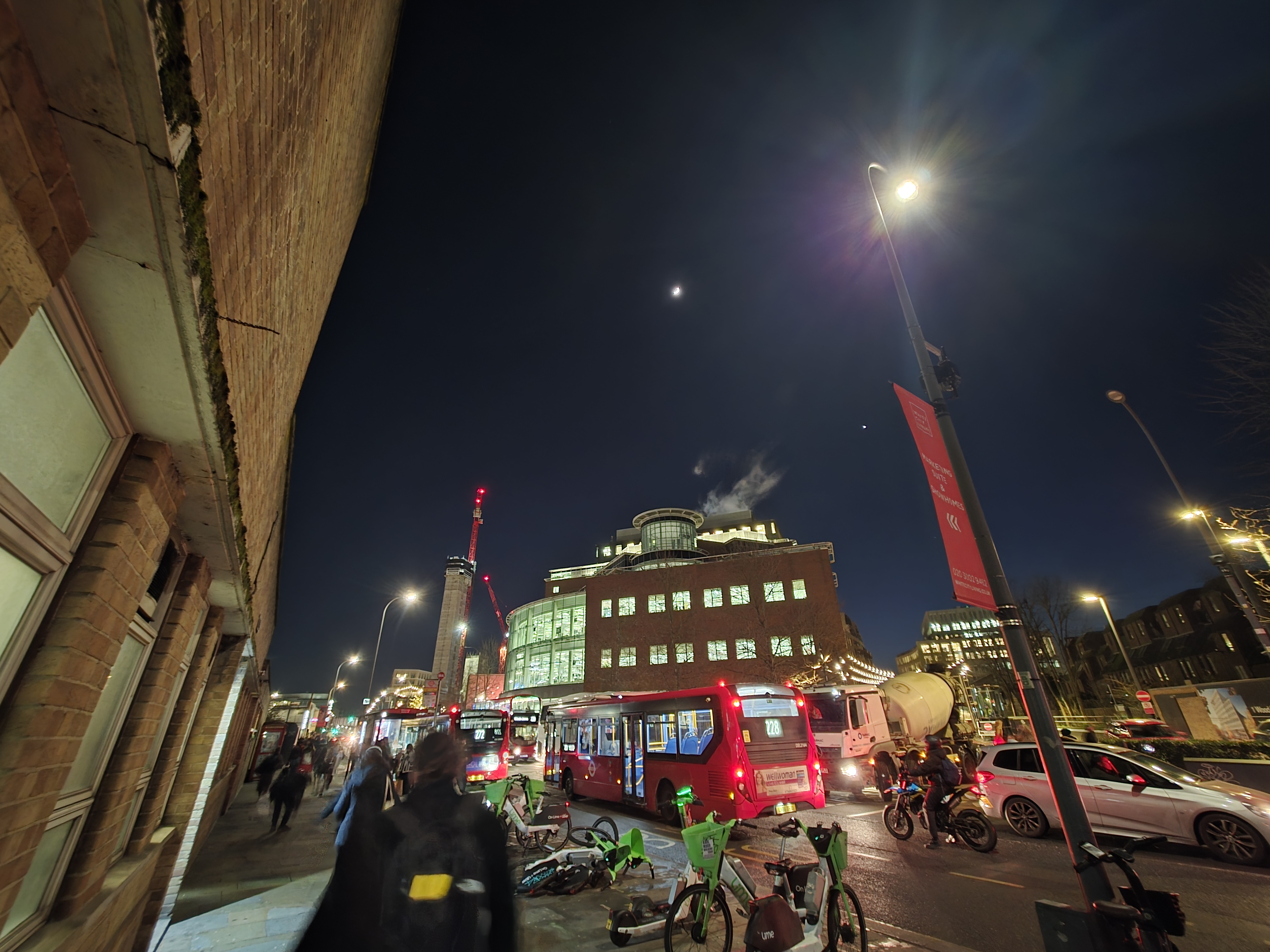



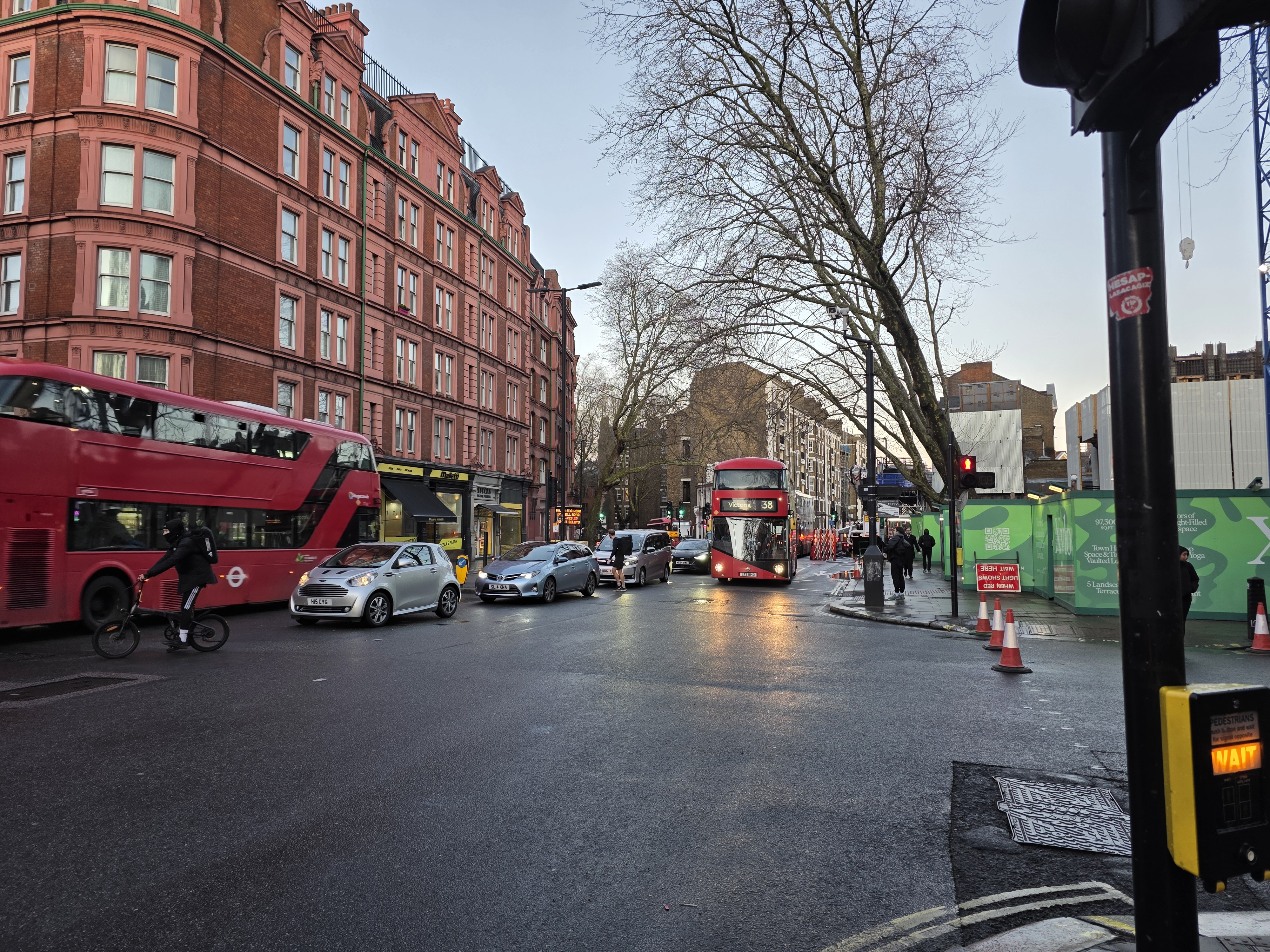
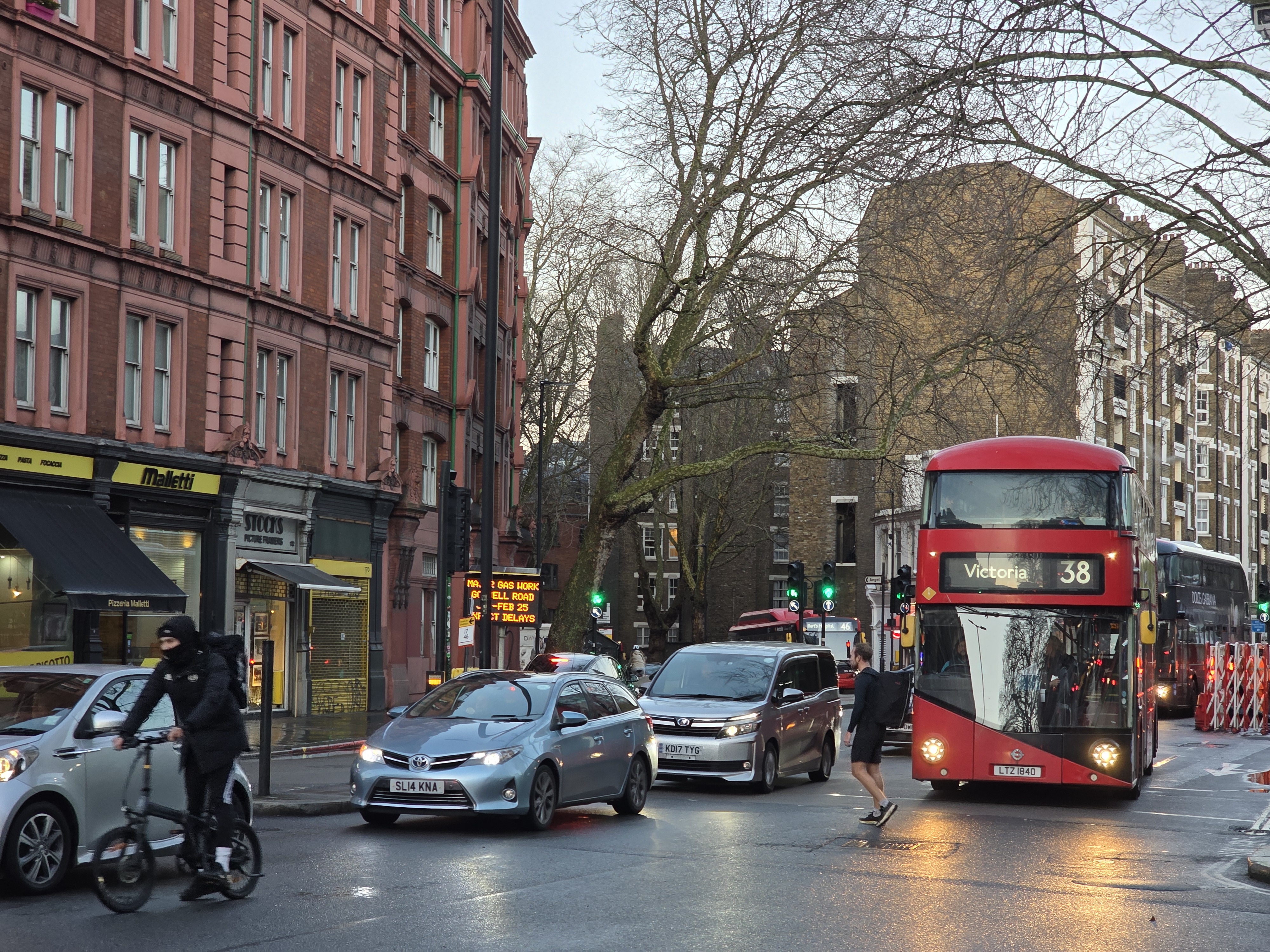
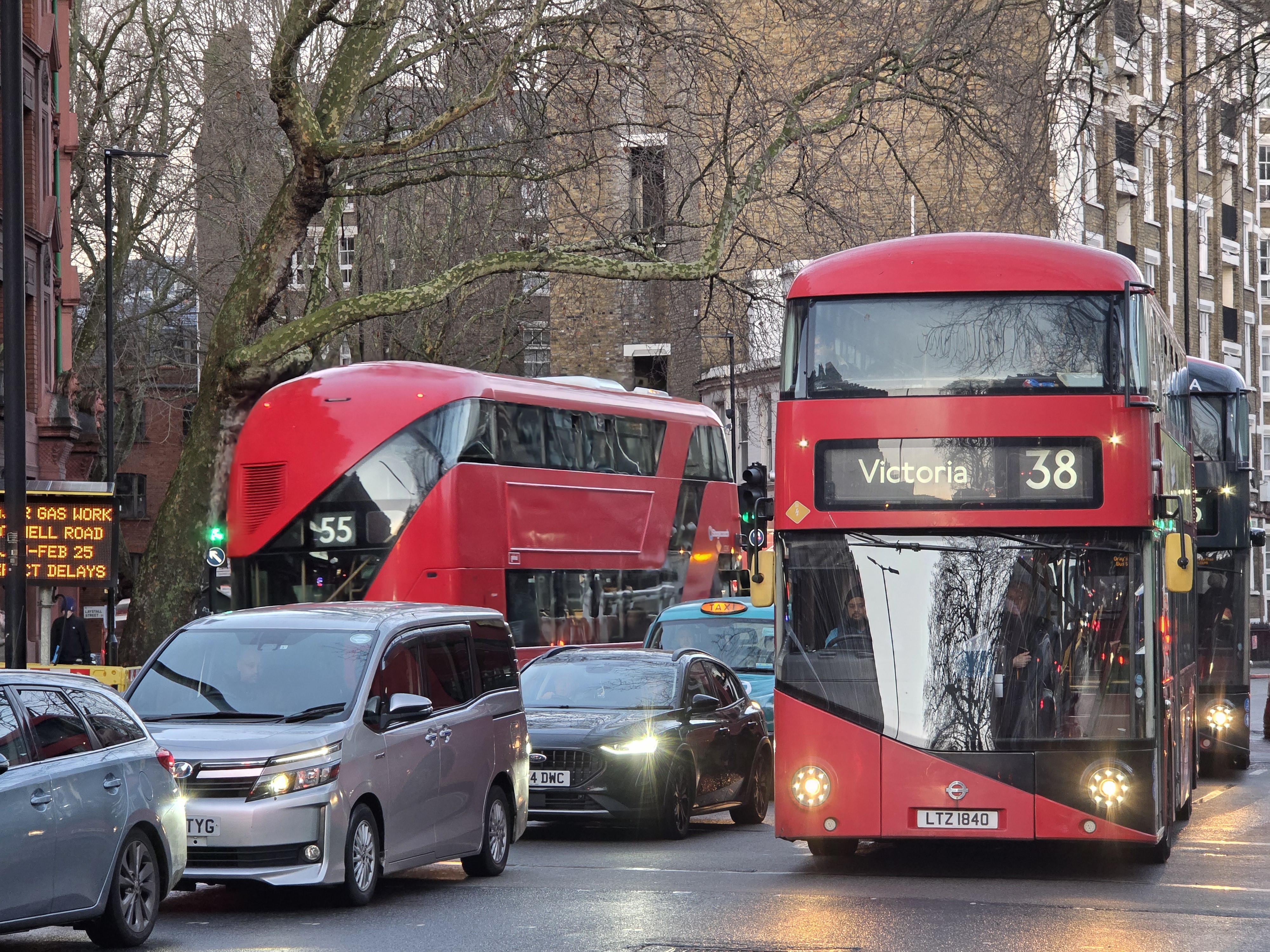

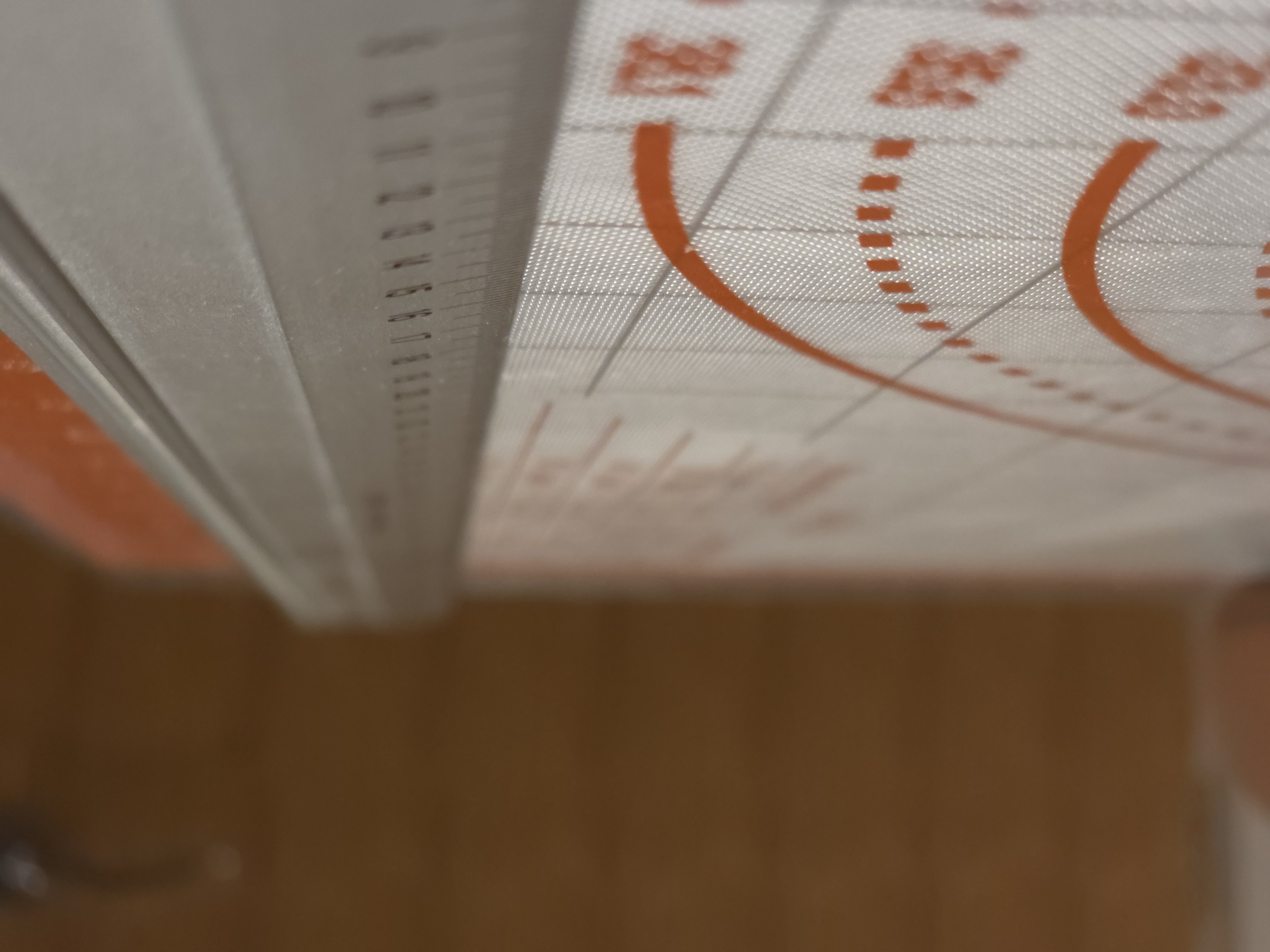
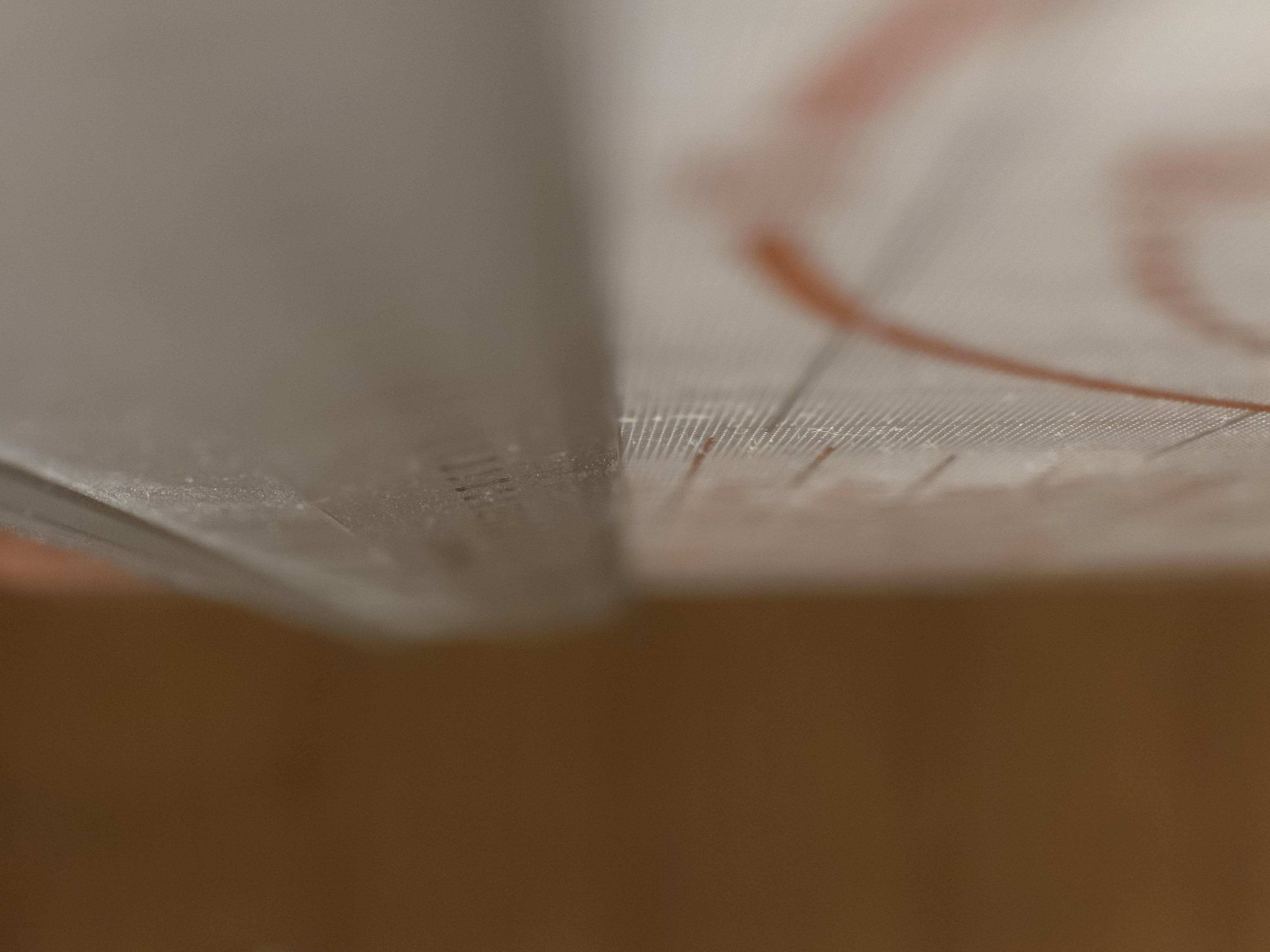
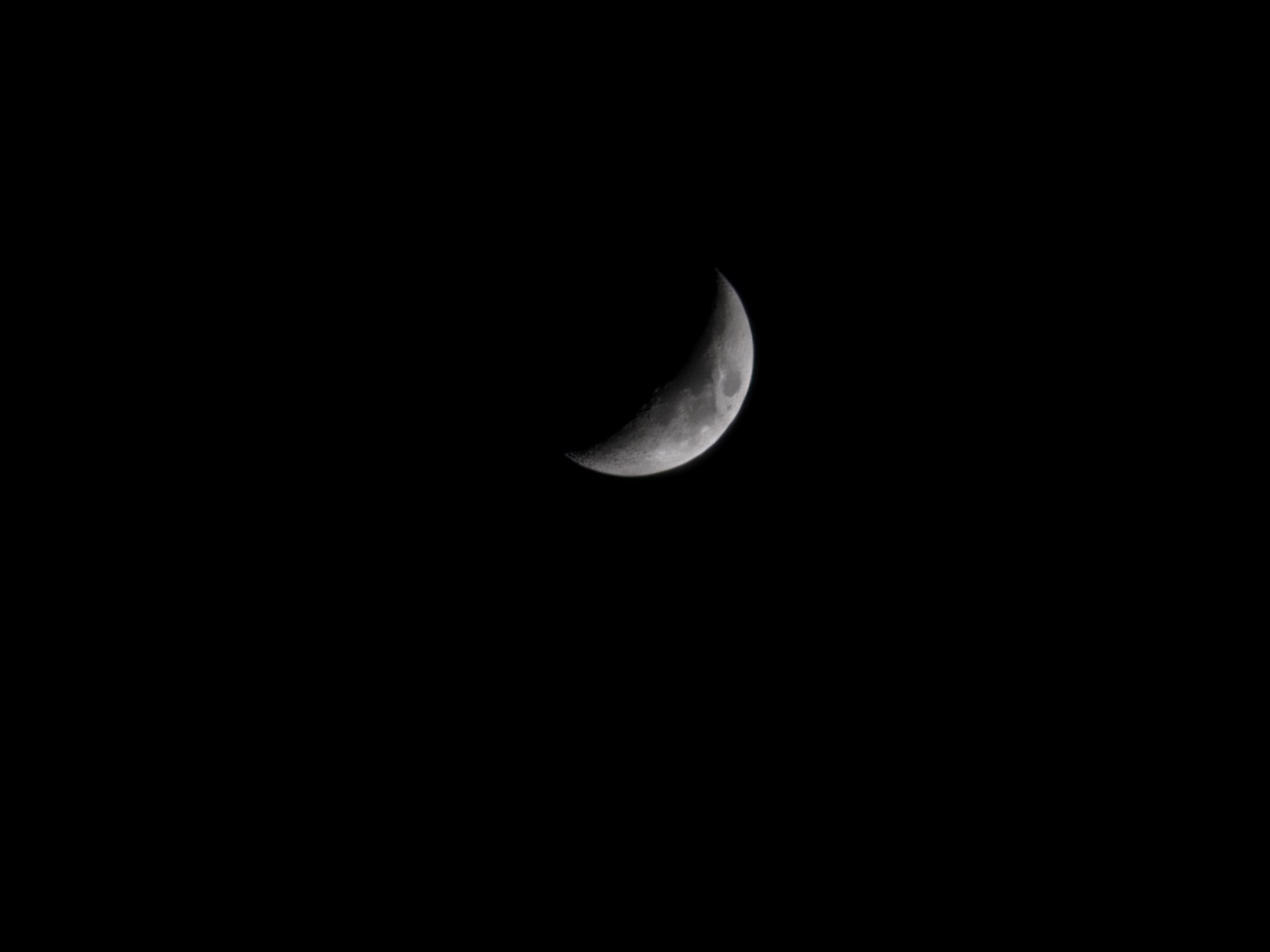
The telephoto cameras both focus nice and near to subjects, with the 3x locking on as close as 16cm, and the 5x locking on as close as 22cm in our tests. When compared to the iPhone 15 Pro and Pixel 9 Pro, which can’t focus closer than 1m or more, the S25 Ultra fast becomes a fantastic choice for food and product photography.
A lot of our grumbling about Samsung’s zingy, processed pictures, which won’t appeal to traditionalists, can be corrected for in Expert RAW, which is like Pro Mode on dynamic range steroids. This composites RAW files to give you greater dynamic range in a lossless format, and is particularly powerful when matched with a steady hand or steadied phone, able to capture supremely editable shots across cameras. It’s a faff compared to point-and-shoot auto mode, but if you’re prepared to put in the effort, the results could well be worth it.
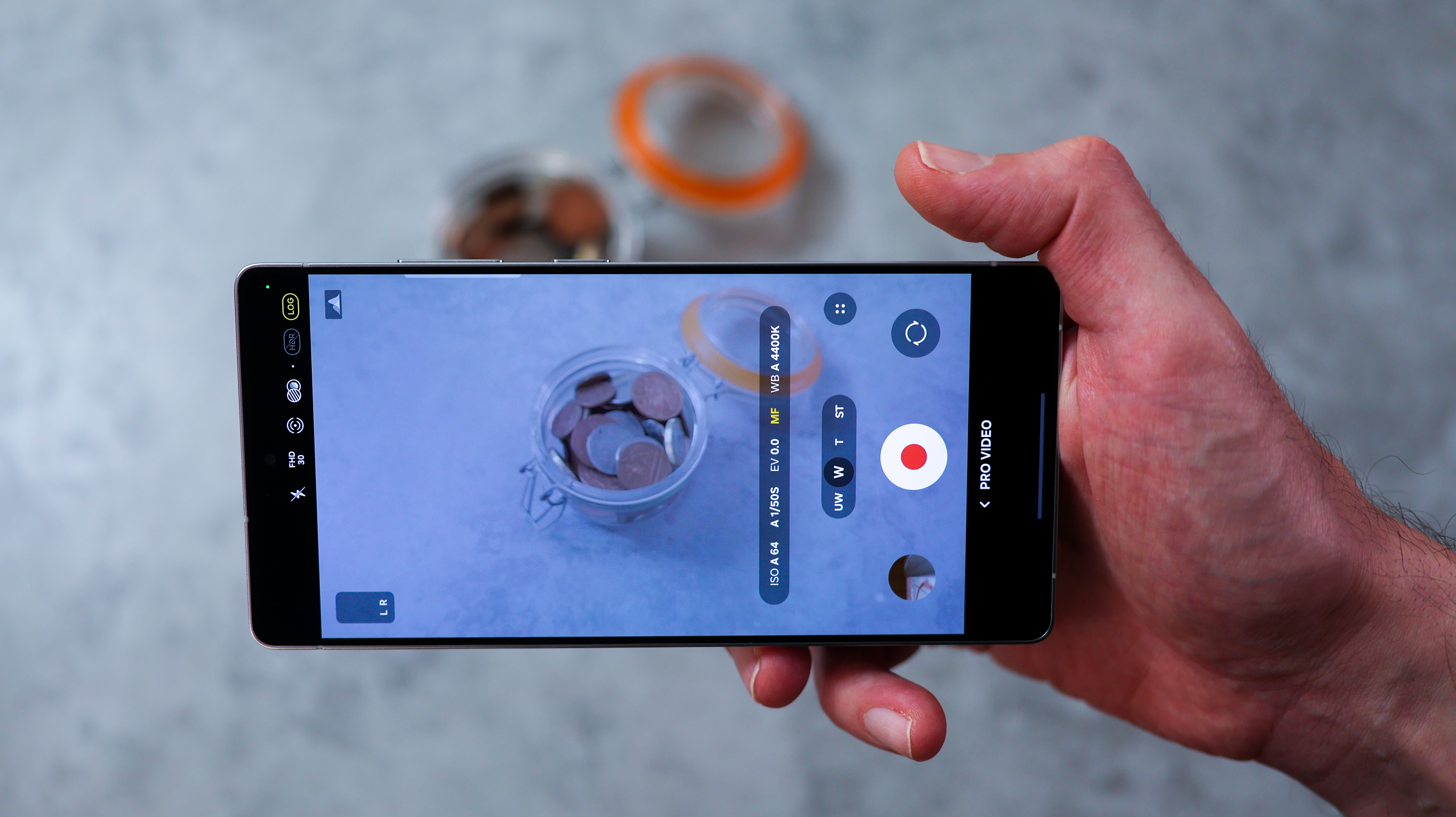
Another highlight is Samsung’s Pro Video mode. The new LOG feature is a superb addition which we got plenty of use out of in our two weeks with the phone, though it’s worth noting, Pro Mode doesn’t allow you to switch between cameras once you’ve started recording, one of our few bugbears with it. The footage itself was impressive, and while it won’t topple Apple’s ProRes, considering its comparably minute file size, it’s a winning middle-ground for folks like us who can’t justify an external drive for a few minutes of Apple’s finest footage.
The Galaxy S25 Ultra’s selfie camera is mostly a hit. With autofocus, you can get creative with your selfie photos and videos getting up close and personal or far and wide for group selfies, and they look great until the lights drop, after which they’re just competitive. We still prefer selfies from the Pixel 9 Pro, which handles skin tones with more nuance, balancing flattering with natural a bit better, but it’s great to see the S25 Ultra has no dud cameras around the front or back.
Samsung Galaxy S25 Ultra performance and battery review
The Galaxy S25 Ultra runs Android 15 with OneUI 7.0, and the whole interface has had a lick of paint to bring it in line with other Androids on the scene. The pull-down notification screen can be swiped down from the left, the quick toggles from the right, and there’s a new Now Brief widget on your homescreen by default.
Now Brief, a headline feature of the S25 series, uses AI to pull together data from your Samsung Galaxy Watch, Spotify listening habits, calendar, location, and even YouTube profile to feed useful information to you, updated morning, noon, and night. It’s unclear how much better the feature will get over time, but it’s fair to say that right now, it’s very light touch stuff, and definitely isn’t a reason to jump ship to Samsung if you’re on the fence.
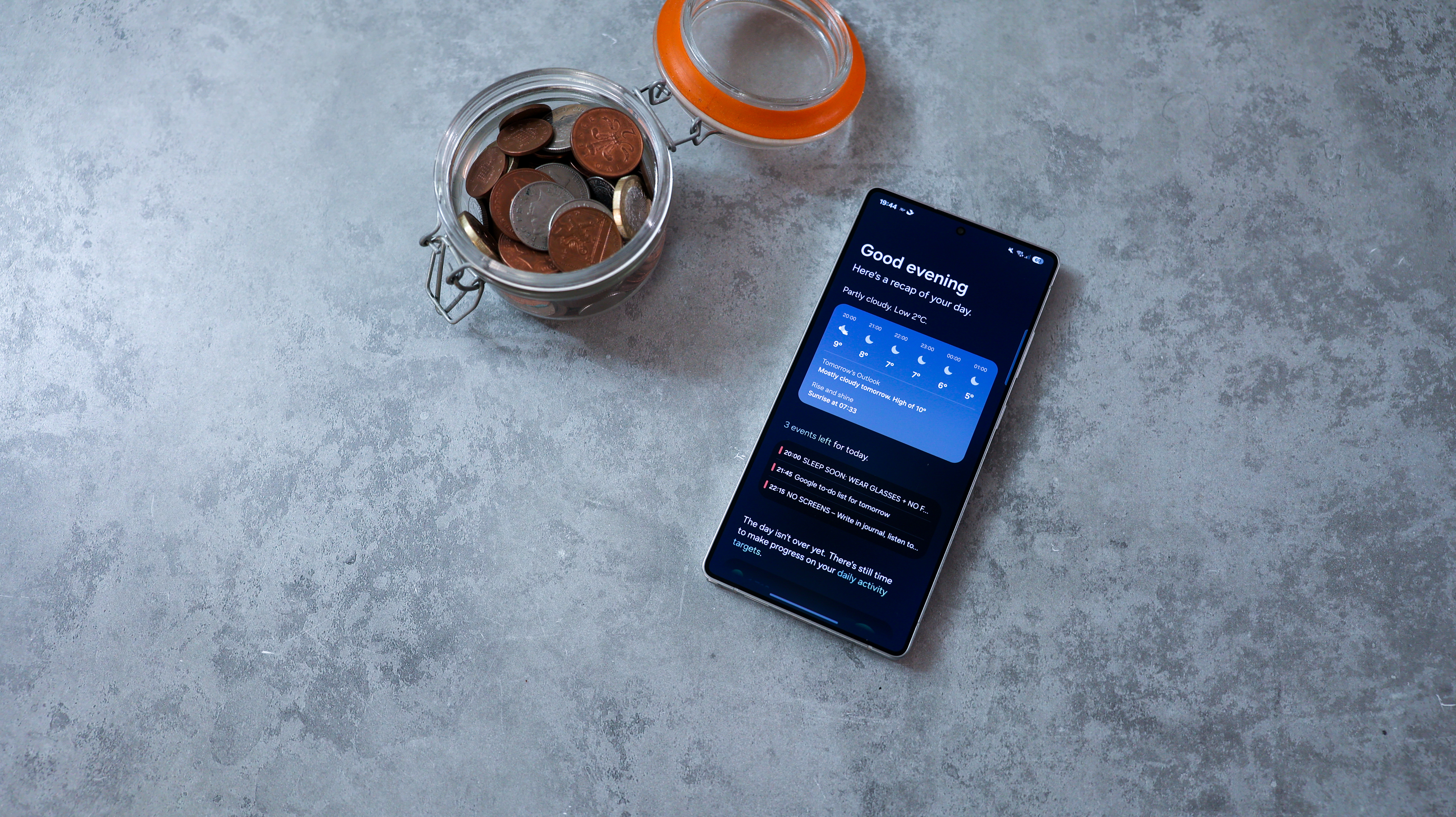
Fortunately, the meat on the UI bone is ample, with Samsung’s interface jam-packed with features for productivity, gaming, and a ton of useful software, The Qualcomm Snapdragon 8 Elite for Galaxy is also super-powerful, and heat is managed well, even when tearing through top-tier titles like Wuthering Waves and Genshin Impact.
The S25 Ultra’s speakers sound markedly better than those of past Samsung phones – less tinny and more full-bodied – and even when covering the bottom-firing speaker when gaming, sound wasn’t too badly muffled.
The phone’s S Pen is also a nice touch, working well with the AI Sketch to Image feature and Samsung Notes for a neat perk when compared to the competition. There is also a suite of image editing tools baked into OneUI that remove objects and reflections, enable generative fill when expanding or rotating an image, and more – all introduced with the Galaxy S24 series – and all the useful Galaxy AI tools we covered when reviewing the S24 Ultra are back for round two.
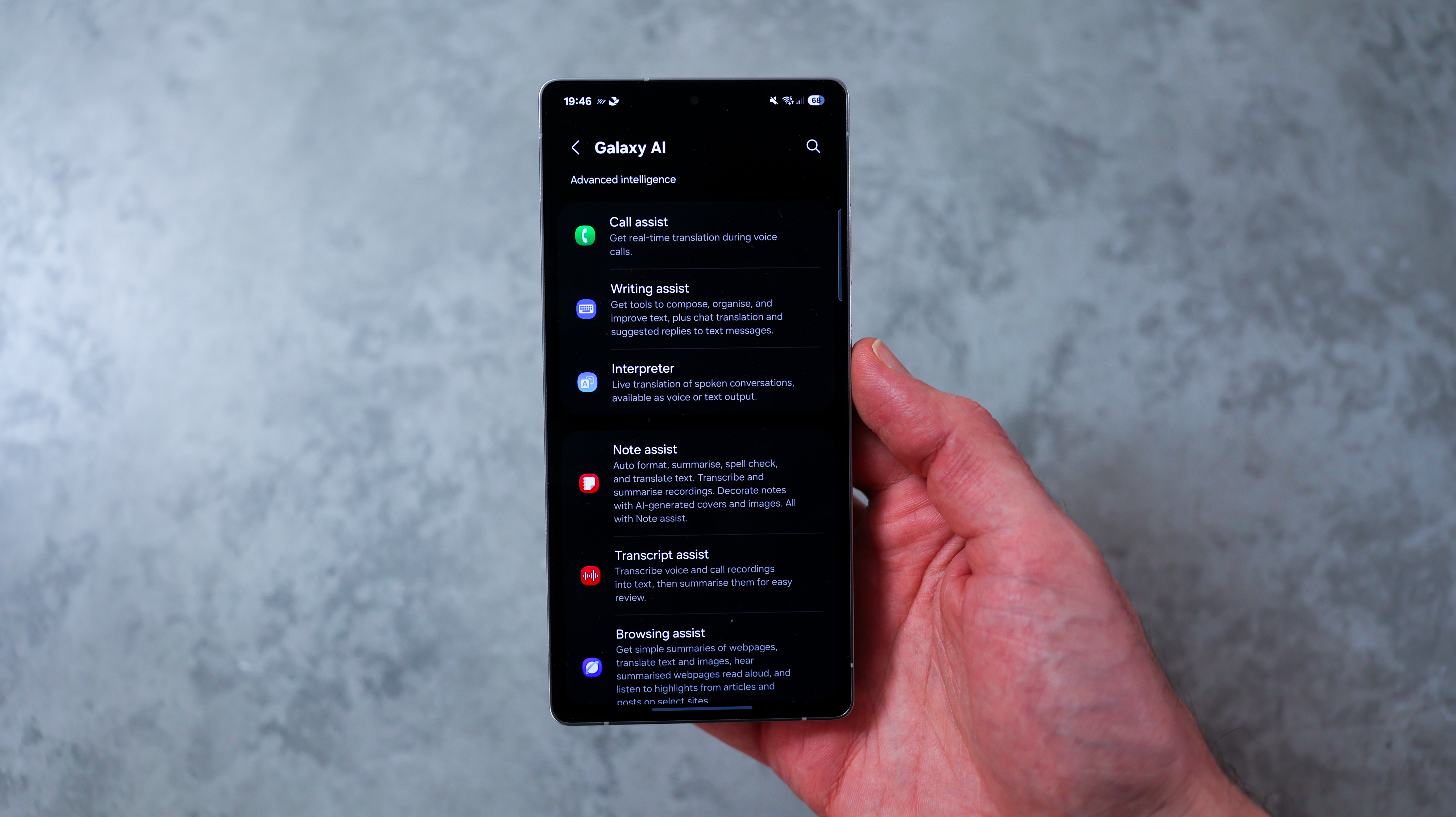
These AI tools include call assist for real-time translation during calls, writing assist for help proofing or translating your written content, a live interpreter, as well as transcription and summarising of recordings. Samsung also gives users the option to disable cloud AI, so all information can be processed on-device, which should help convince AI skeptics thinking about picking up an S25, Plus, or Ultra to take the plunge.
Samsung’s storage options for the S25 Ultra start at 256GB with 12GB RAM. This is respectable but isn’t class-leading, especially considering the phone’s high asking price. With Android being more powerful and demanding than ever, especially with the AI baked in at a device level, we can’t help but feel more RAM would future-proof the S25 series and keep it in line with the competition, which features up to 24GB RAM in the similarly priced Honor Magic 7 Pro RSR edition. Nevertheless, the promise of seven years of software updates is an impressive commitment to future-proofing and we can’t argue with the smooth experience with the phone on launch.
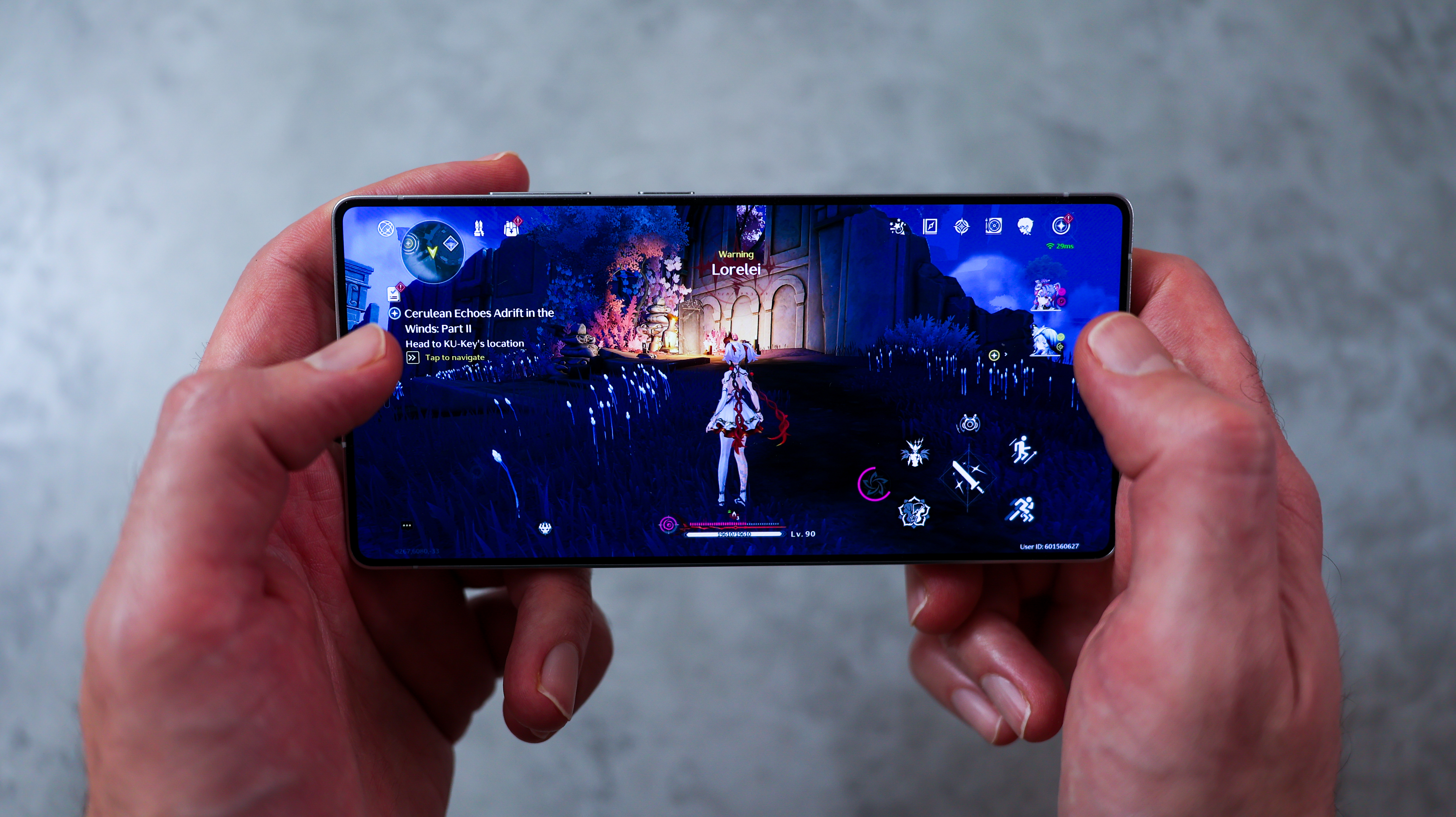
On paper, the Galaxy S25 Ultra’s 5000mAh battery is looking more outdated than ever. The same capacity as the 2022 Galaxy S22 Ultra. While competitors like Oppo, OnePlus, Vivo, and Honor are pioneering new battery tech to make two-day battery life possible, the S25 Ultra is comfortably capped at a little over a day. Thanks to the Qualcomm Snapdragon 8 Elite’s efficient performance, we comfortably hit 9 PM with 10-30 percent in the tank without fail every day in our two-week review period. Still, we definitely wouldn’t trust the S25 Ultra on a weekend away like we might the OnePlus 13.
It’s also worth noting that the S25 Ultra’s charging times fall behind the flagship competition too (outside Apple and Google camps). It charges at 45W wired, fully powering up in around an hour, while the wireless charging time is hours, especially when you have a case on it, reducing efficiency. This further relegates the S25 Ultra to the realms of nightly charges, while other phones only call for occasional top-ups every few days by comparison.
Samsung Galaxy S25 Ultra verdict
If you want to get the best from the S25 Ultra, it helps to be a Samsung loyalist. The phone talks to your Samsung watch to pull info into your Now Briefing about your sleep and activity. It’s going to manage your Samsung home appliances better than the competition out of the box, and you won’t be able to flow between your S25 Ultra and non-Samsung tablet with handwritten notes and files quite as easily as you can a Tab S series slate.

This flow between Samsung tech even helps the S25 Ultra feel like a better camera phone. Editing RAW photos on your Samsung Tablet taken on the S25 Ultra, quickly pinging over large video files for editing on Capcut or Lumafusion, there’s real value to this cohesion.
If you’re not bound to Samsung’s ecosystem and are looking for the absolute best camera phone, the Galaxy S25 Ultra isn’t it, in our opinion. In auto mode, its photo processing swings too big with sharpness and saturation, while the hardware laying the foundation isn’t best-in-class. We were occasionally left wishing we shot in RAW or at least in Pro mode, even if most casual shots look great.
We also appreciate the telephoto cameras besting the iPhone 16 Pro and Pixel 9 Pro series when it comes to close-up photography. They aren’t advertised as telemacro cameras, but both the 3x and 5x focus relatively close, so product shots look more premium, and they're also solid portrait options too. One real win this year is the LOG video, which should be a boon for creators.
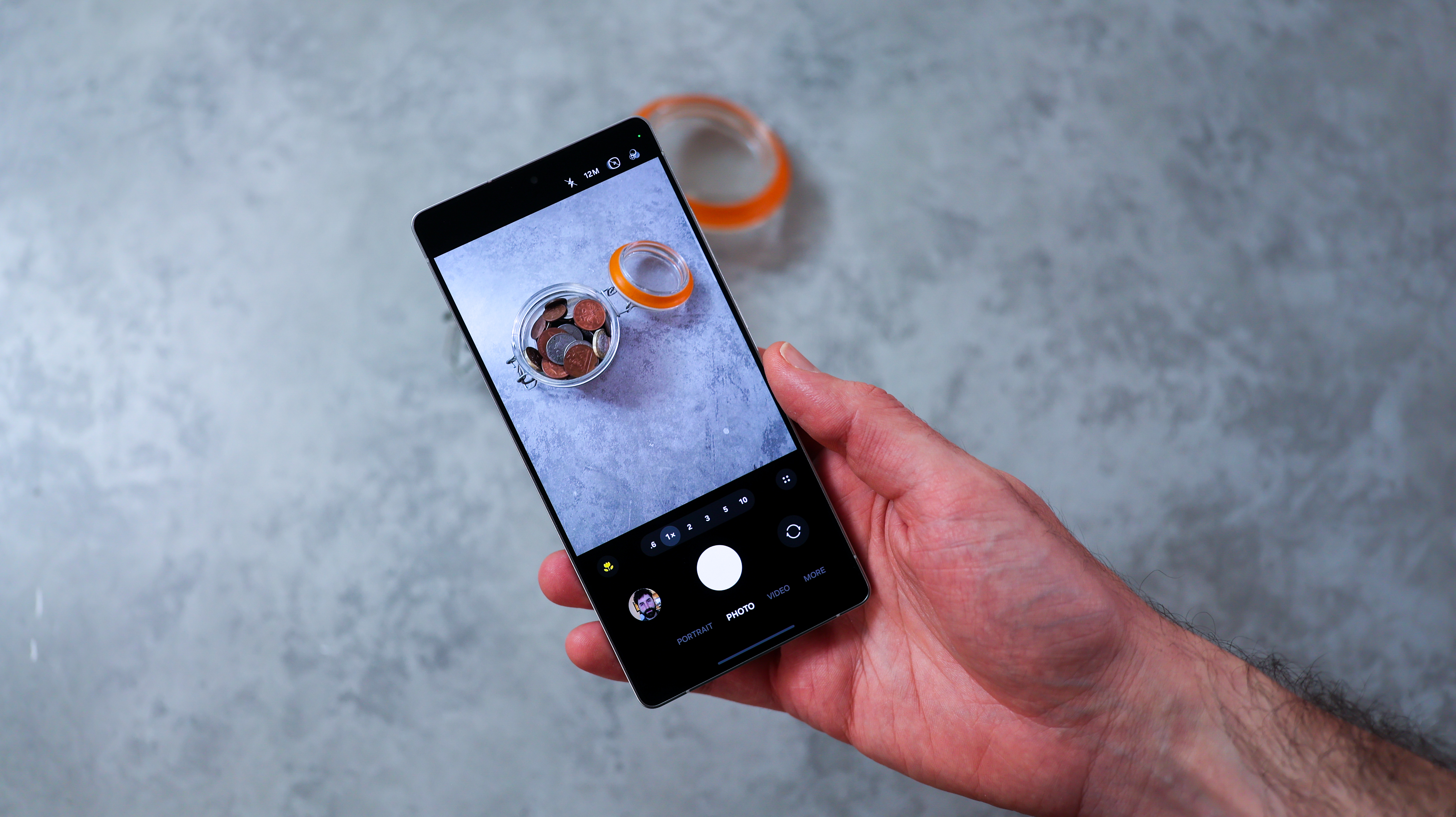
Everything else about the phone is predictably good; performance and OneUI all make for a smooth experience, it's great for gaming, the screen looks stunning, and the S Pen is a unique feature that will appeal to some.
While the S25 Ultra's battery life won't best the 6000mAh competition, it got us through a day despite the larger screen, making the S25 Ultra an expensive, but exceptional phone, perfect for Samsung fans, and very good for everyone else.
Samsung Galaxy S25 Ultra alternatives
For anyone looking for the best value and battery life, the OnePlus 13 edges ahead of the S25 Ultra, packing similar internals and a much higher-capacity cell for a fraction of the price, though it misses out on the camera versatility of Samsung's top-tier flagship with a less flexible telephoto.
For more reach, the Oppo Find X8 Pro’s a great choice, and its portraits also edge ahead of Samsung’s for us. The Vivo X200 Pro’s zoom is ultimately more nuanced and best-in-class for telemacro capture, and if you tend to shoot at the 70mm range more than 120mm, you may prefer the Honor Magic 7 Pro. All these phones deliver bigger batteries, faster charging, but none support pen input.
Of course, for anyone not sold into the Samsung ecosystem, you could choose the impressive Pixel 9 Pro or 9 Pro XL. While the camera mix is more limited than the S25 Ultra, with three cameras instead of four, its photo processing wins out for us.
Basil Kronfli is a freelance technology journalist, consultant, and content creator. He trained in graphic design and started his career at Canon Europe before moving into journalism. Basil is also experienced in video production, independently running the YouTube channel TechEdit, and during his time at Future, he worked alongside the Digital Camera World team as a senior video producer.
You must confirm your public display name before commenting
Please logout and then login again, you will then be prompted to enter your display name.
